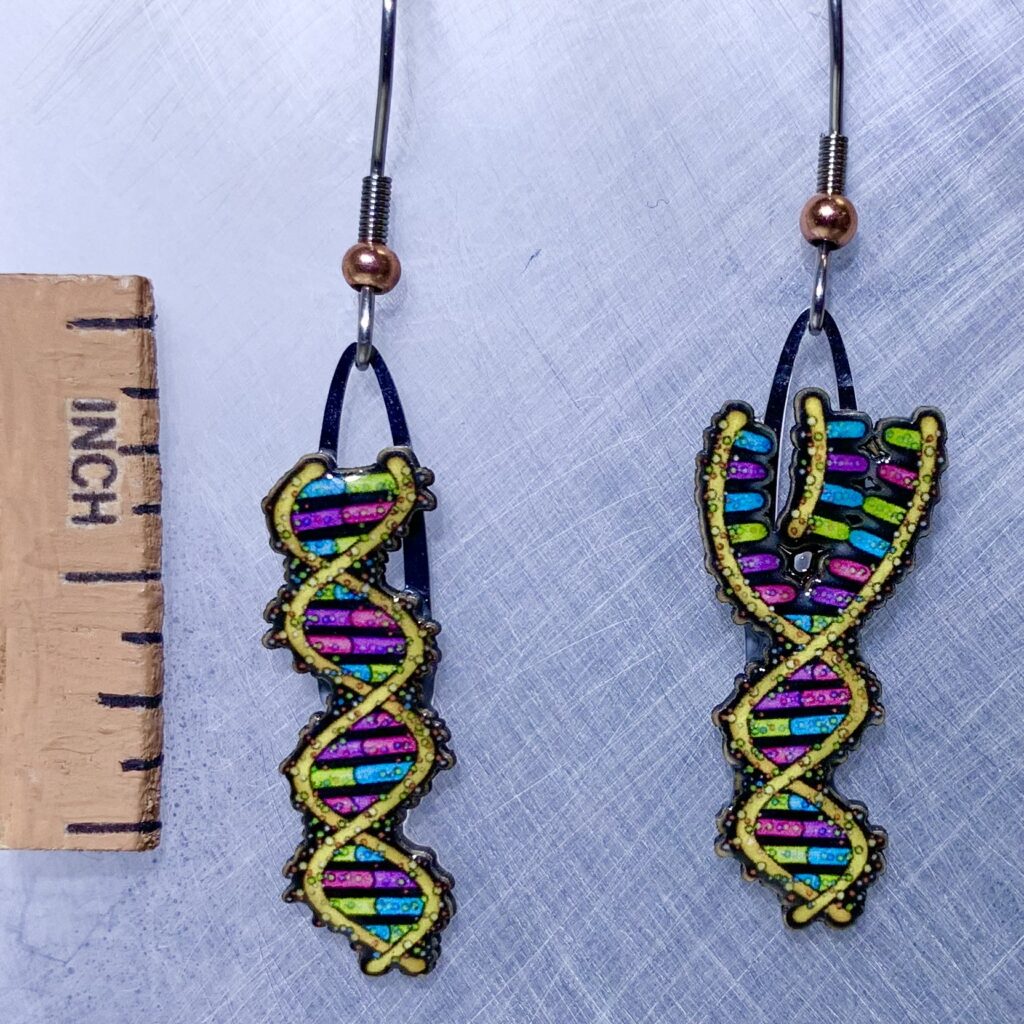
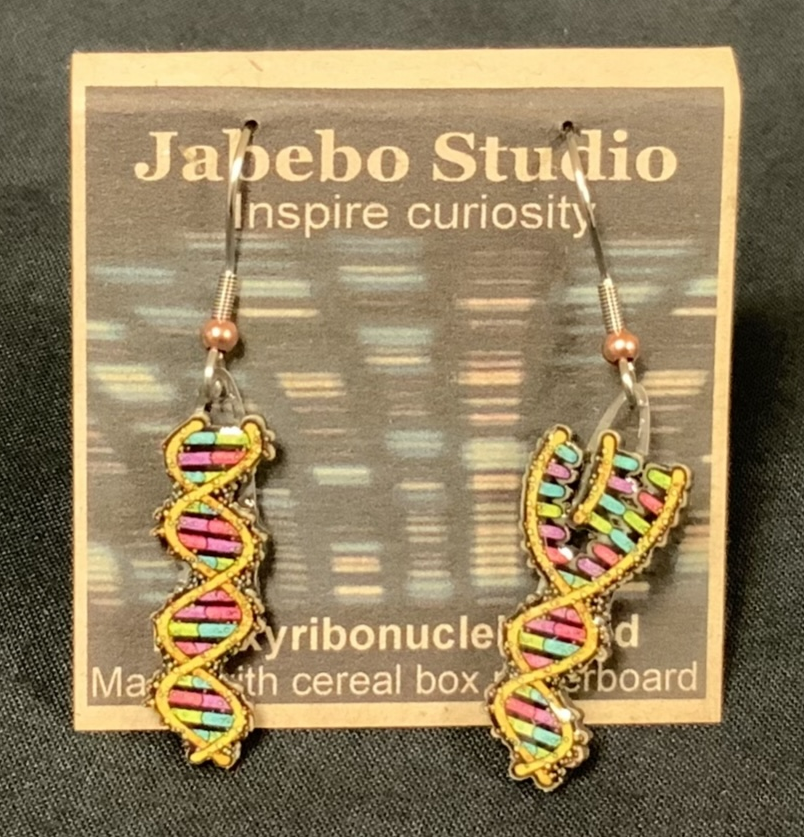
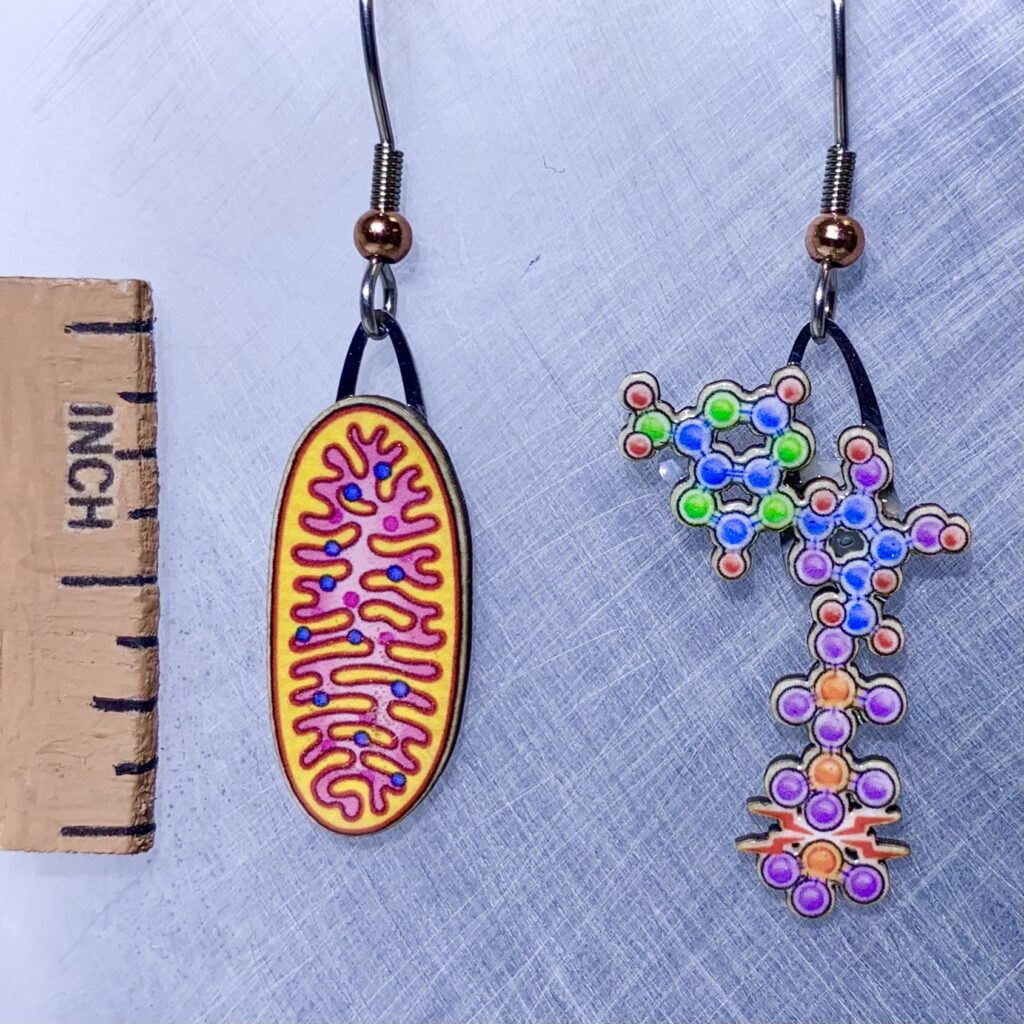
The mitochondrion is where energy is generated to power our bodies. Inside these numerous organelles are a key role playing molecule, adenosine triphosphate.

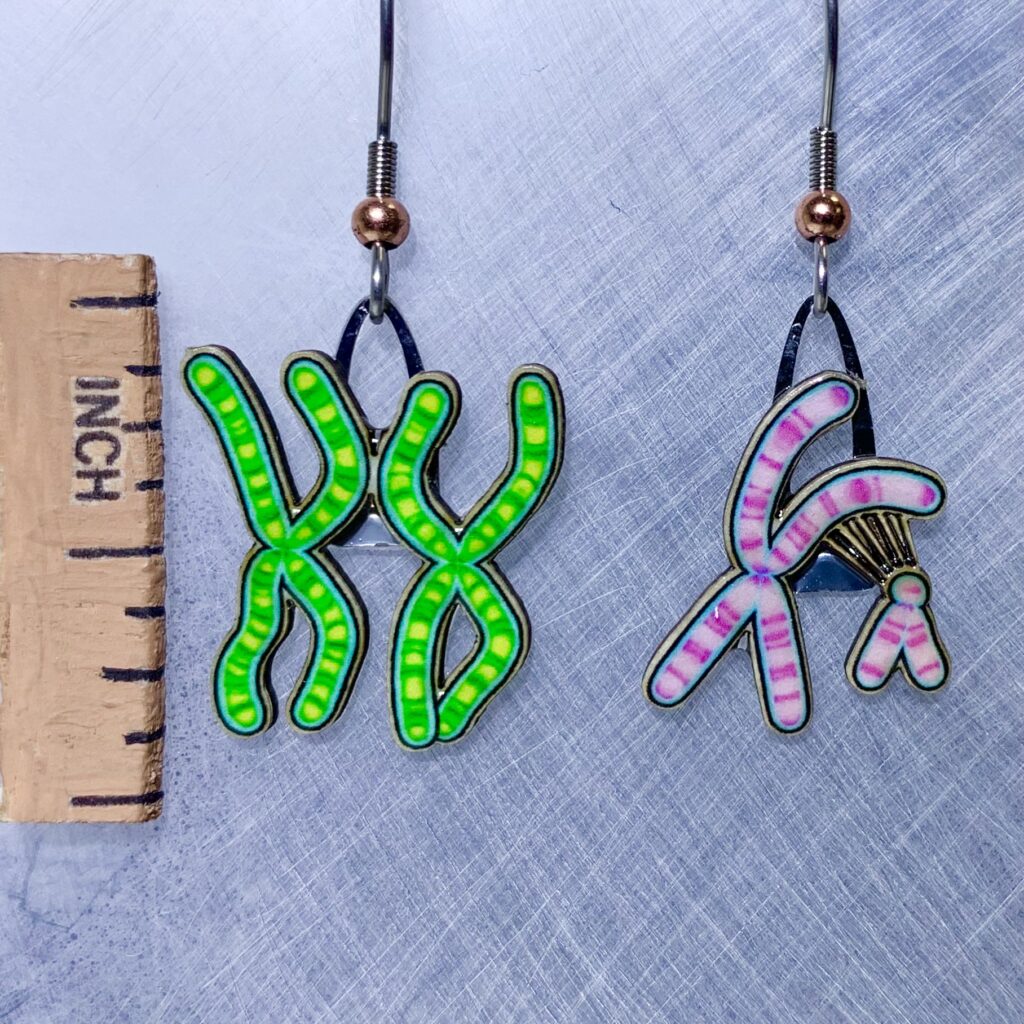
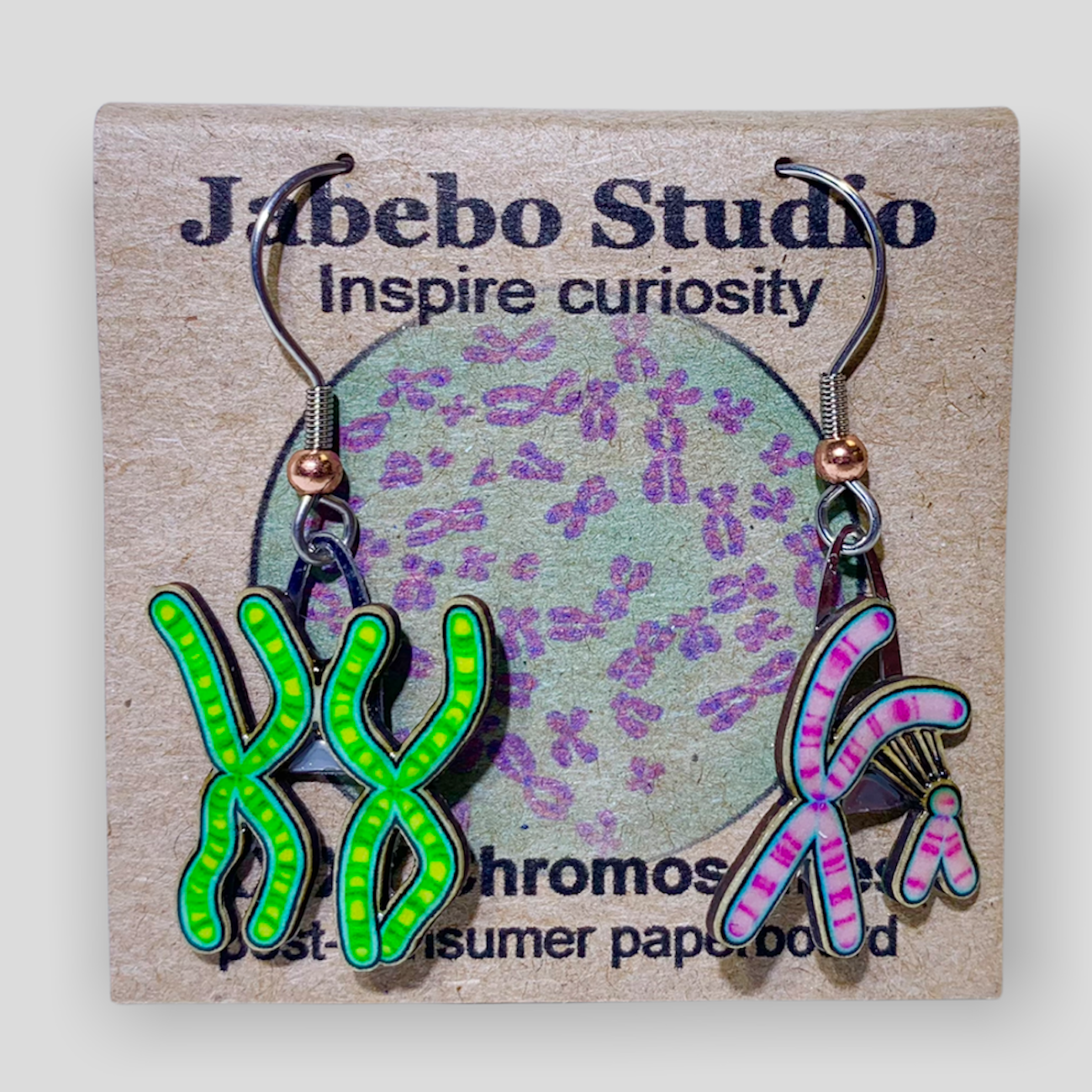
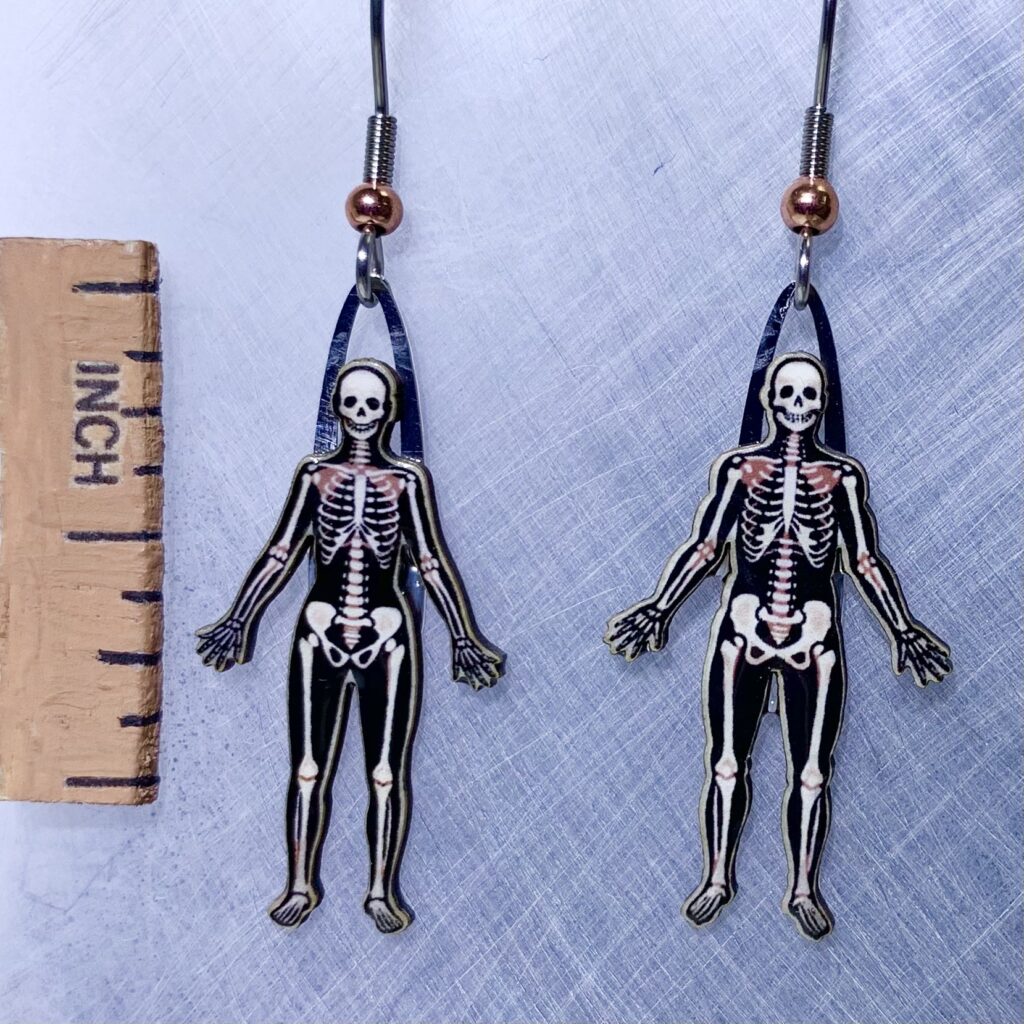
Design features both female and male skeletons.
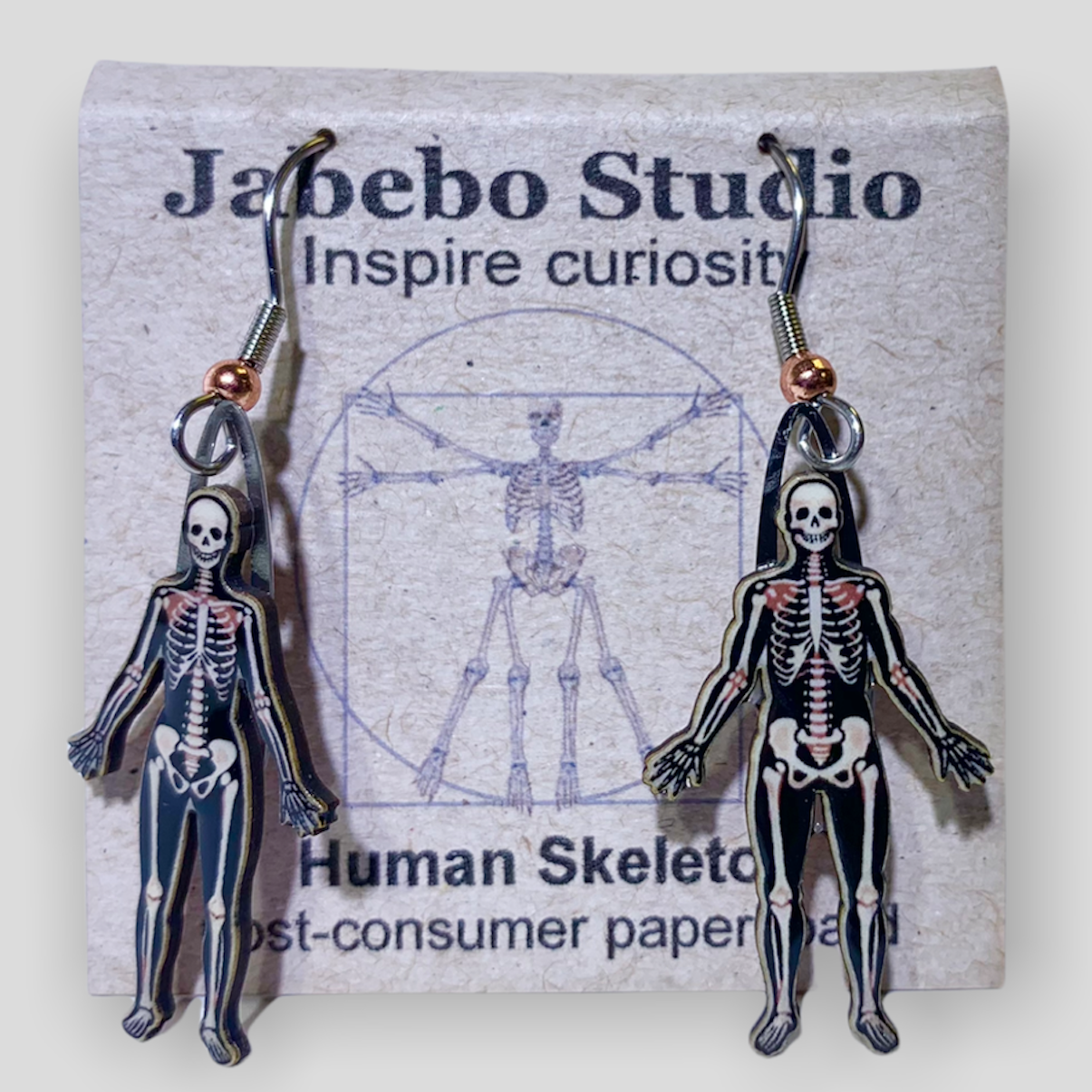
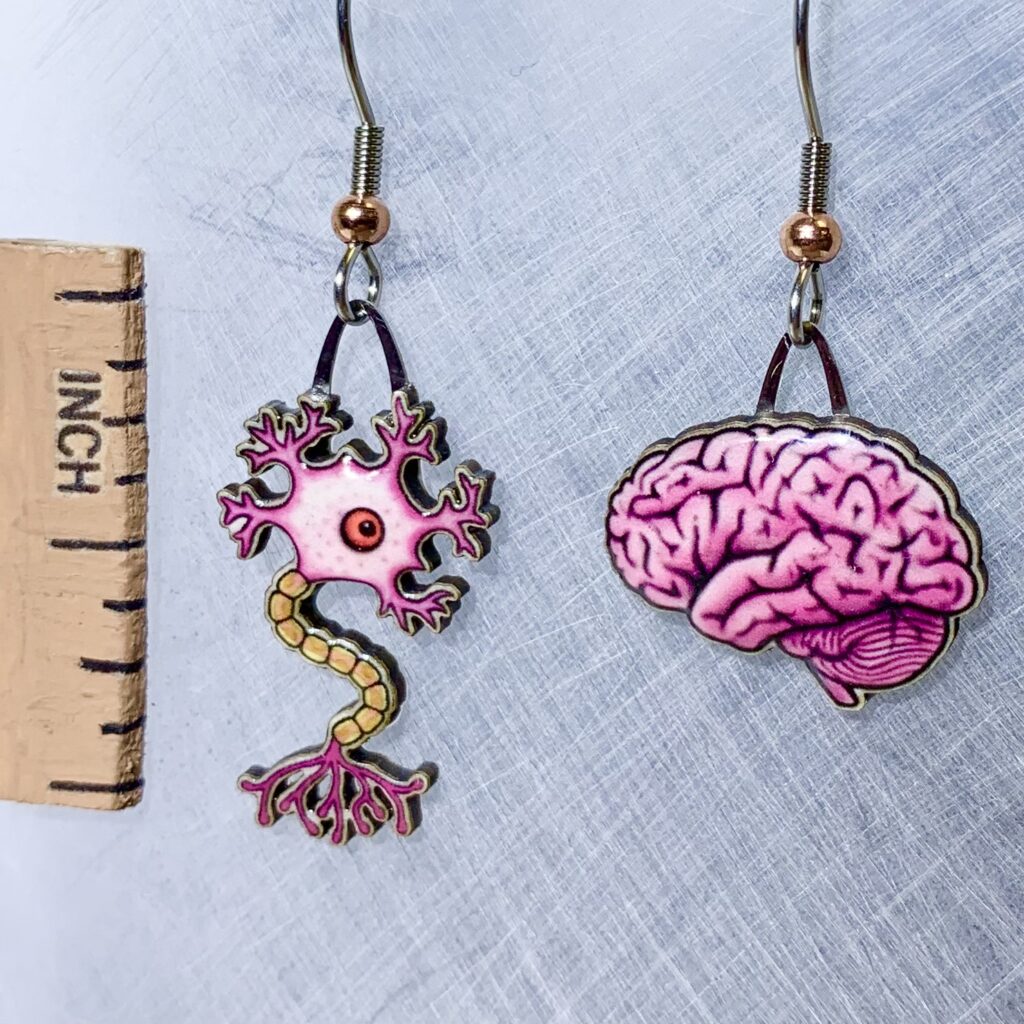
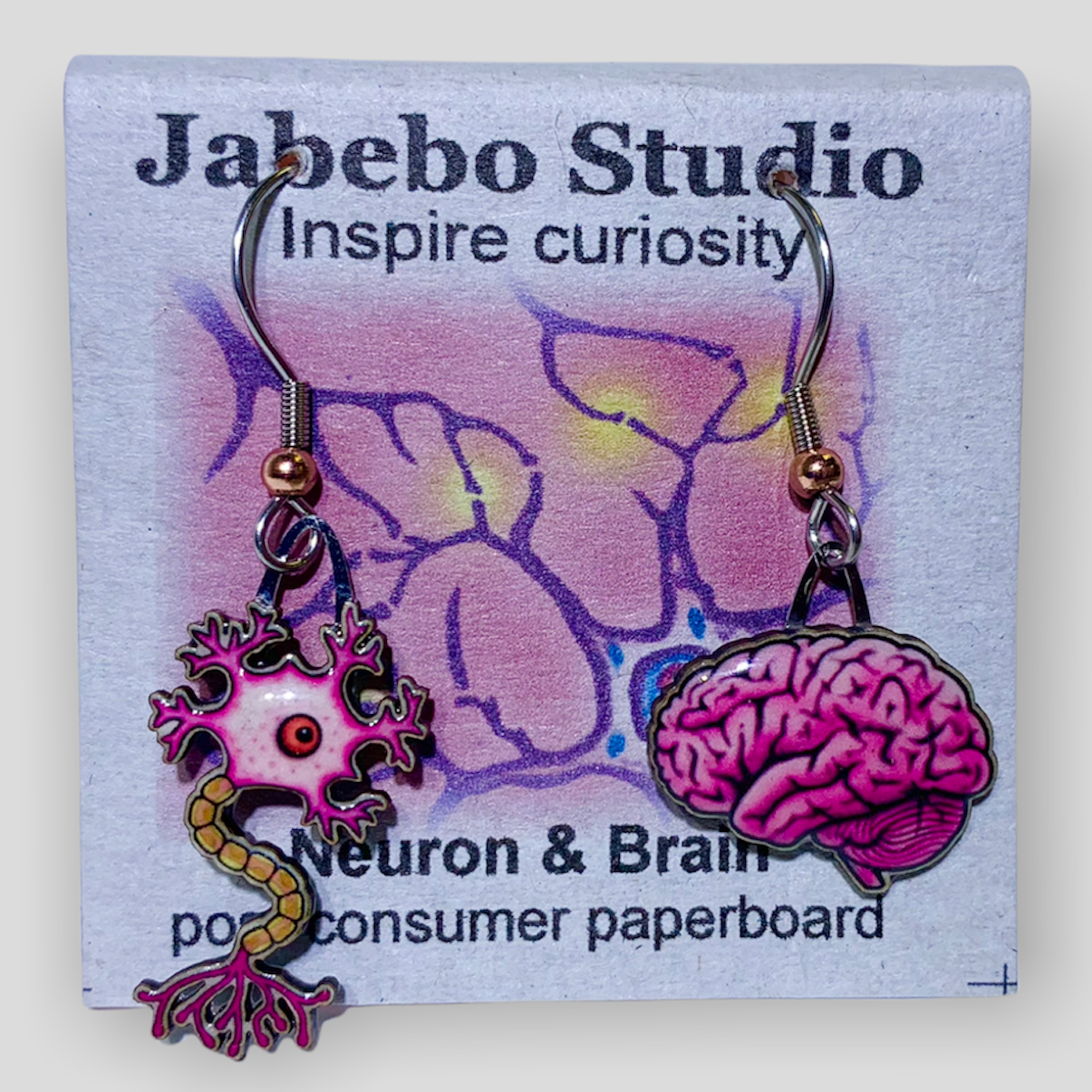
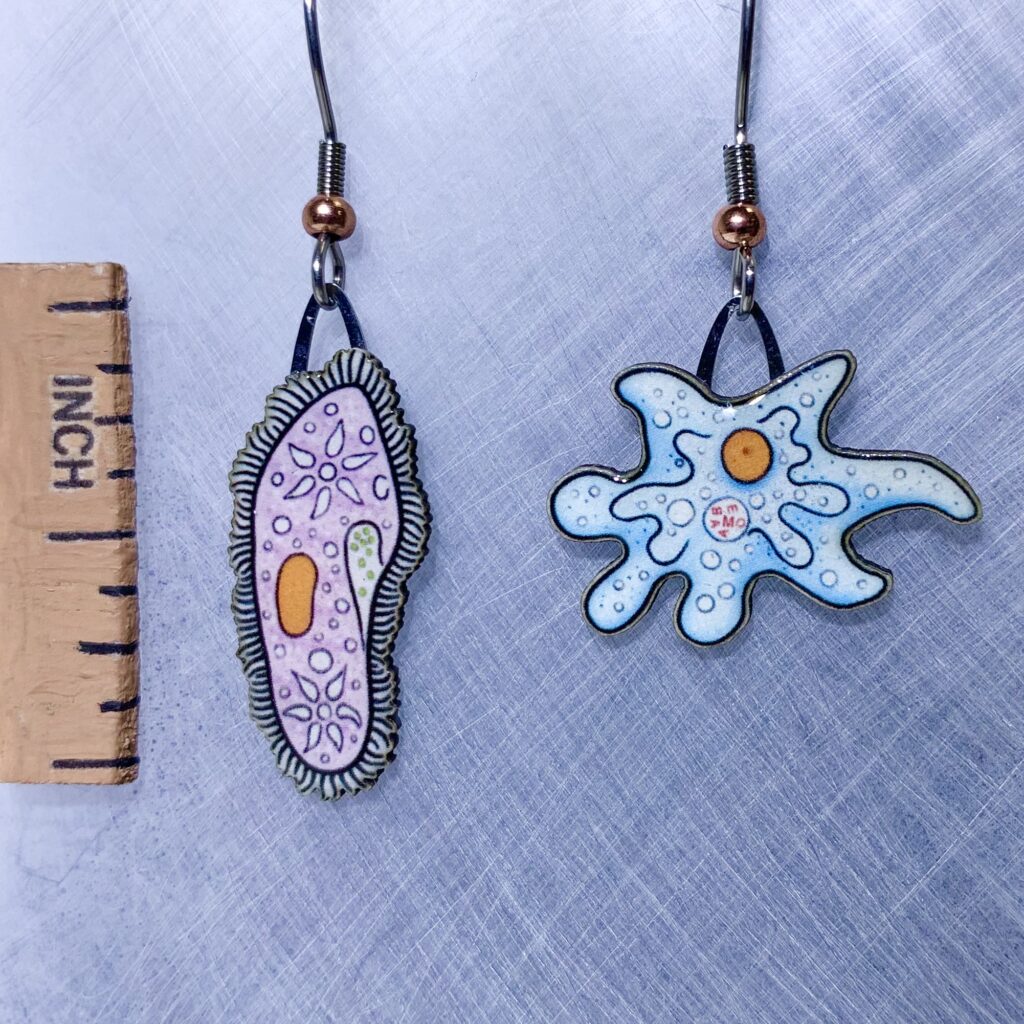
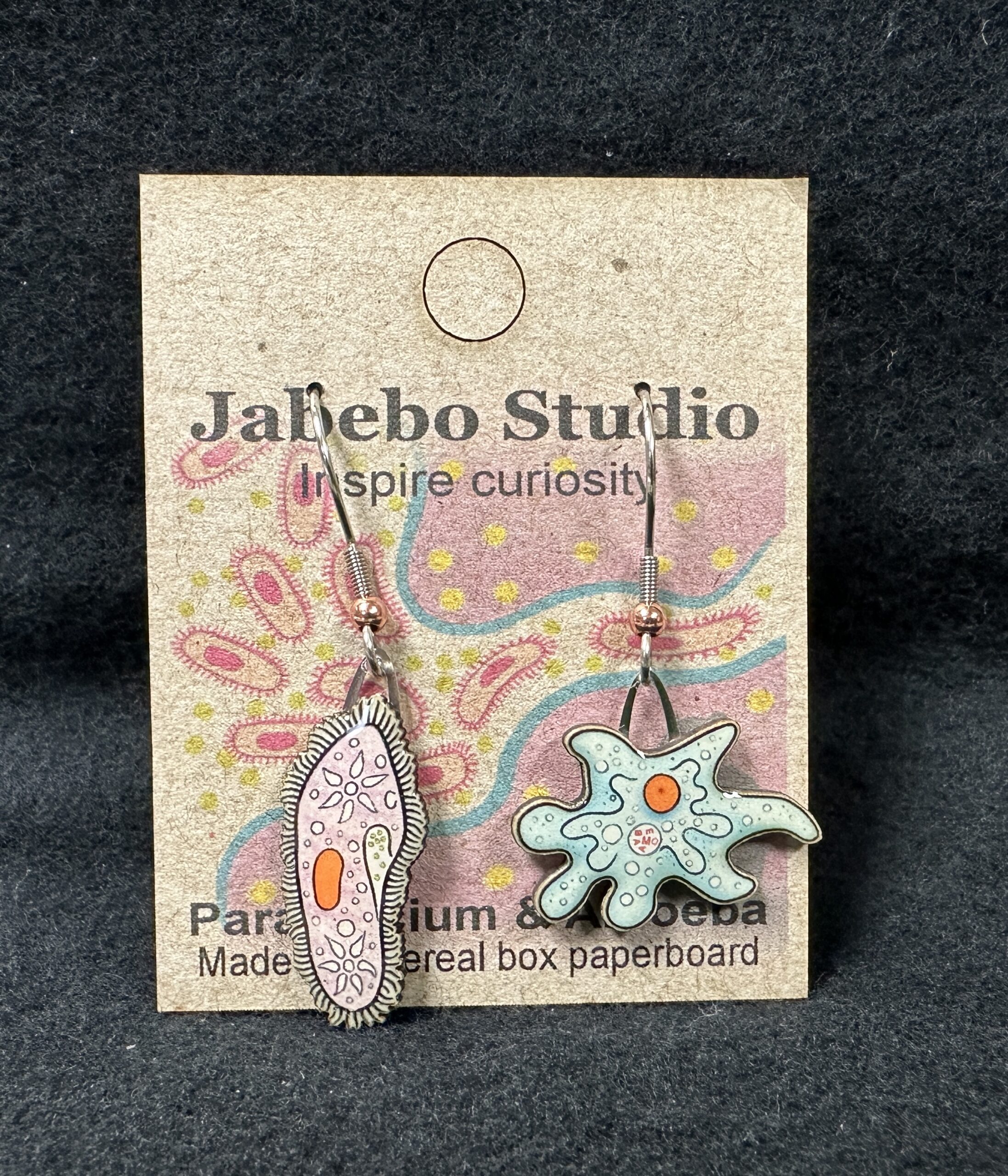
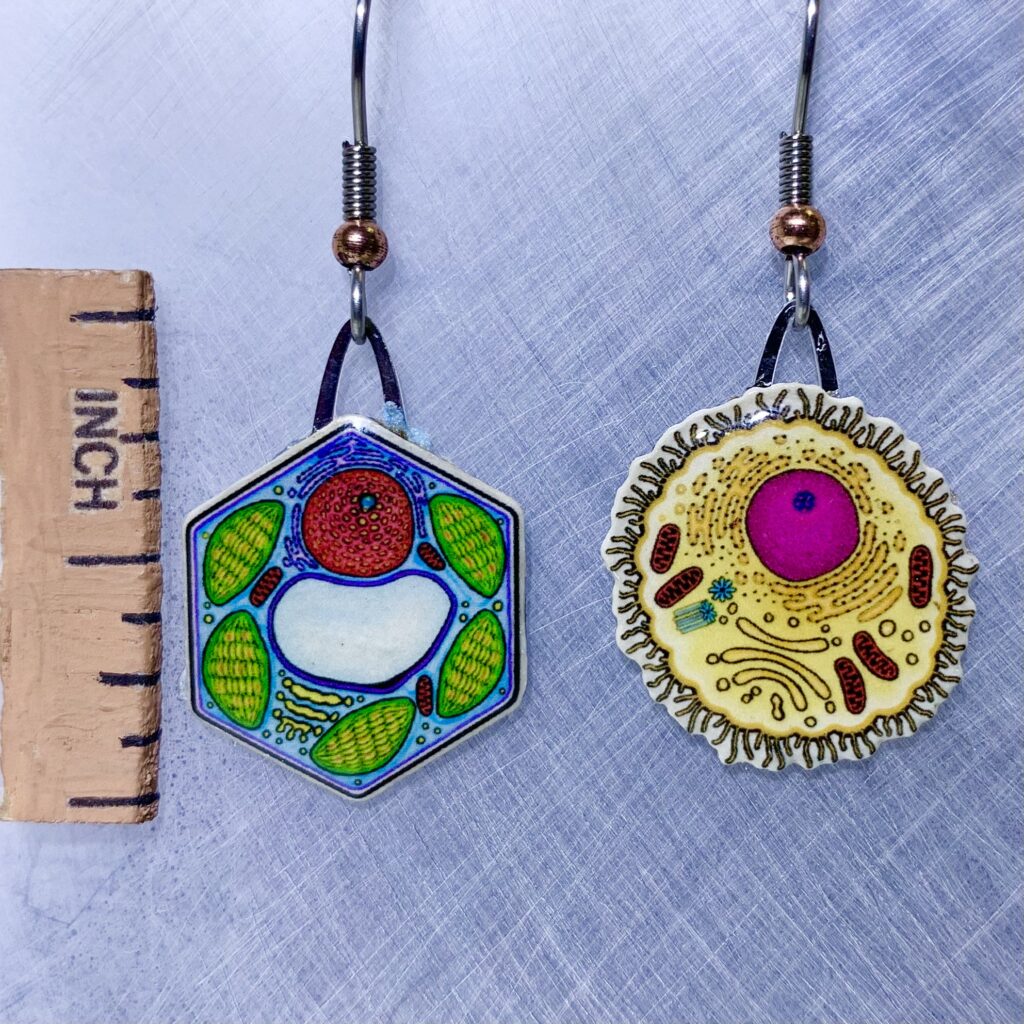

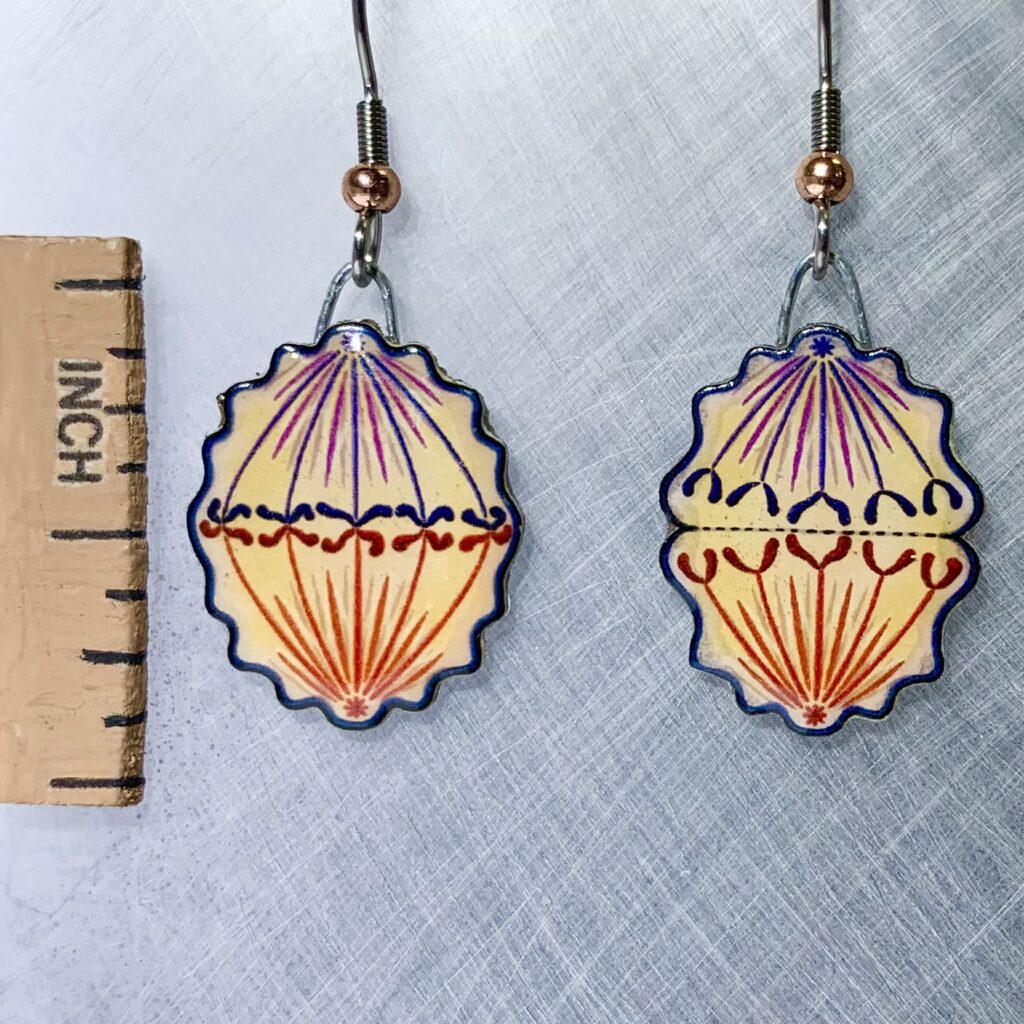
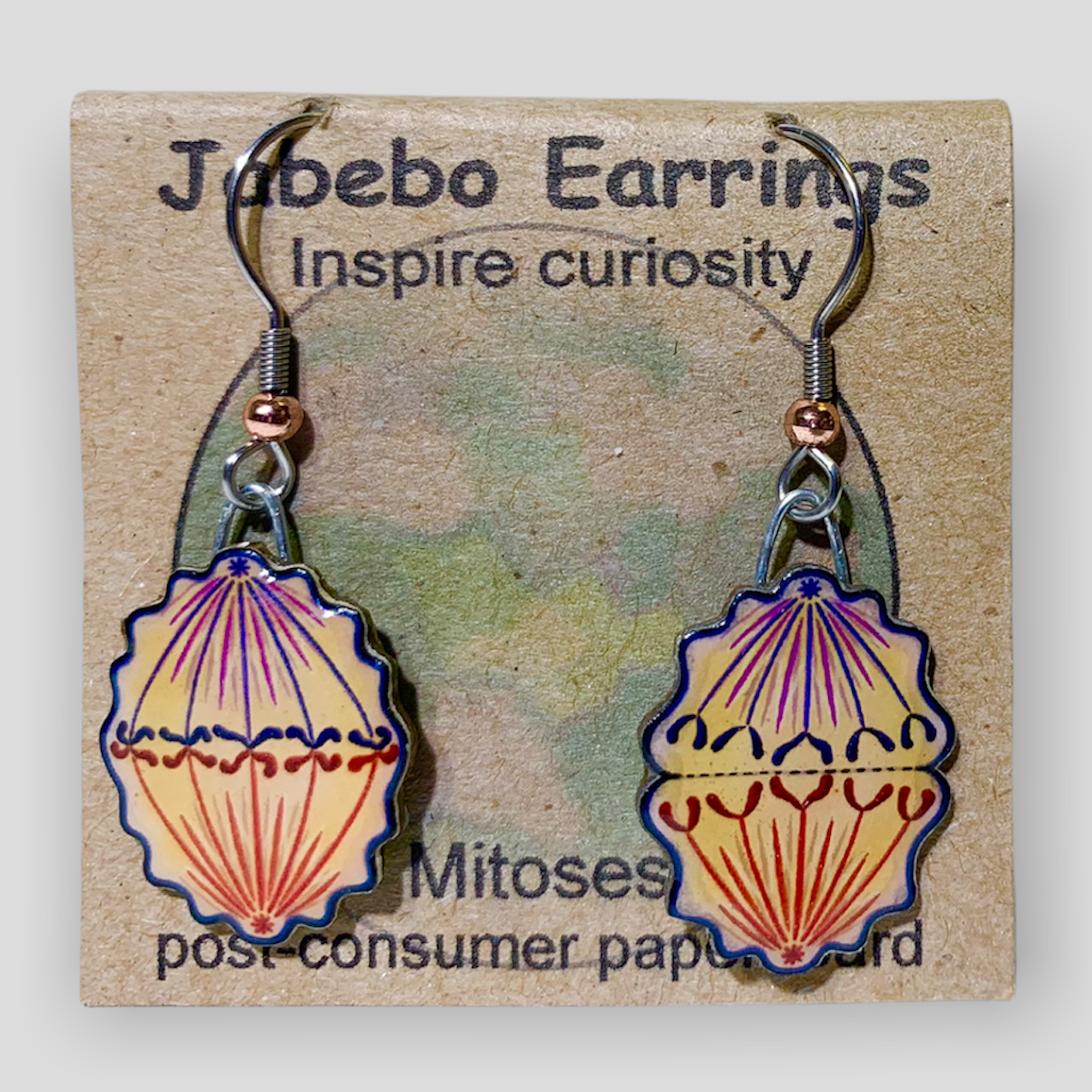
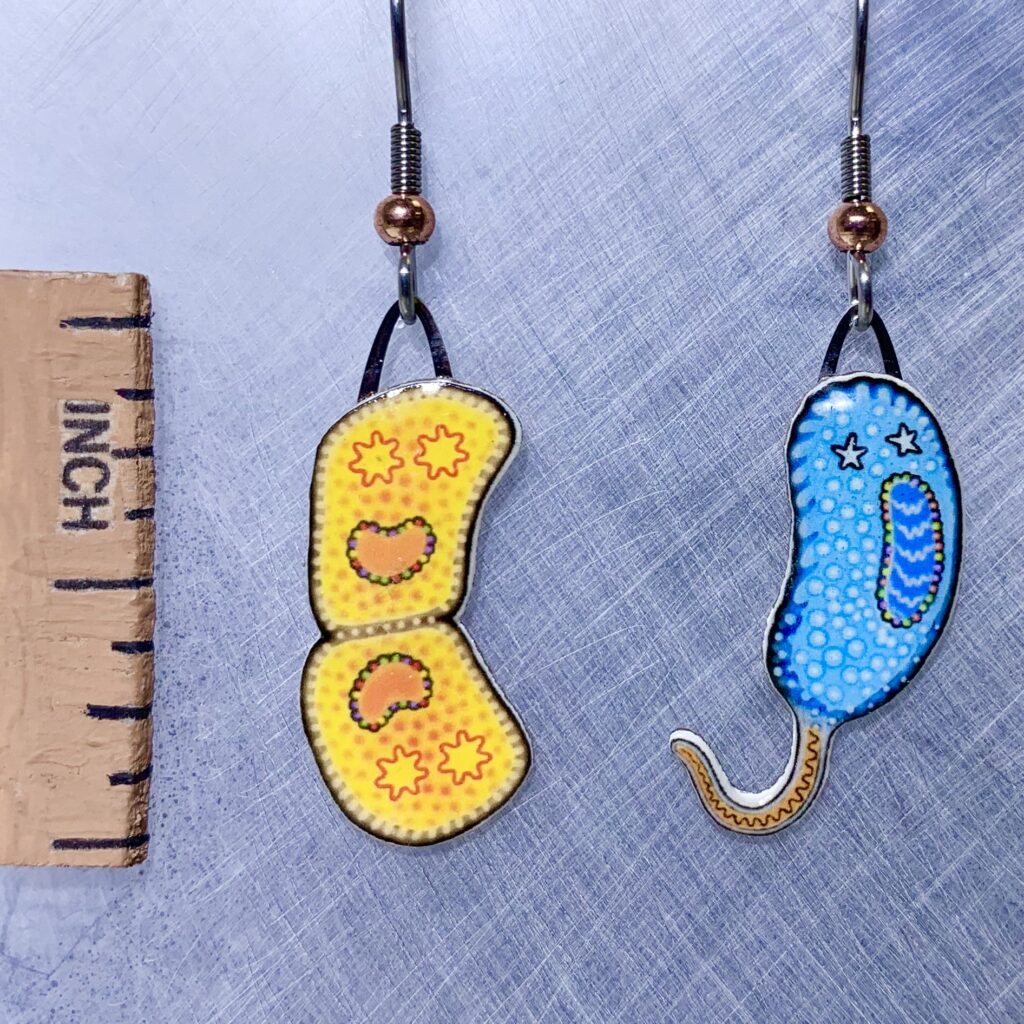
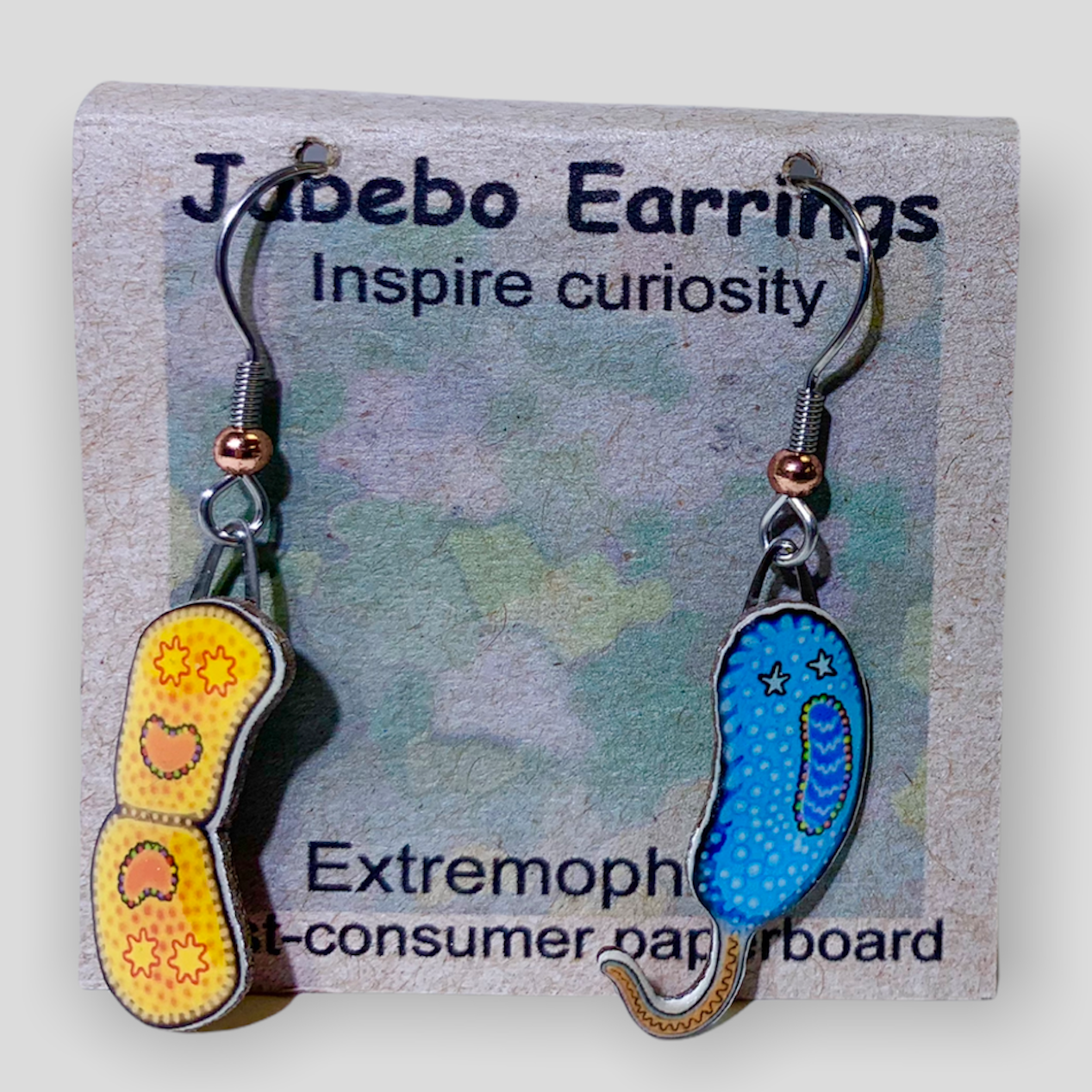
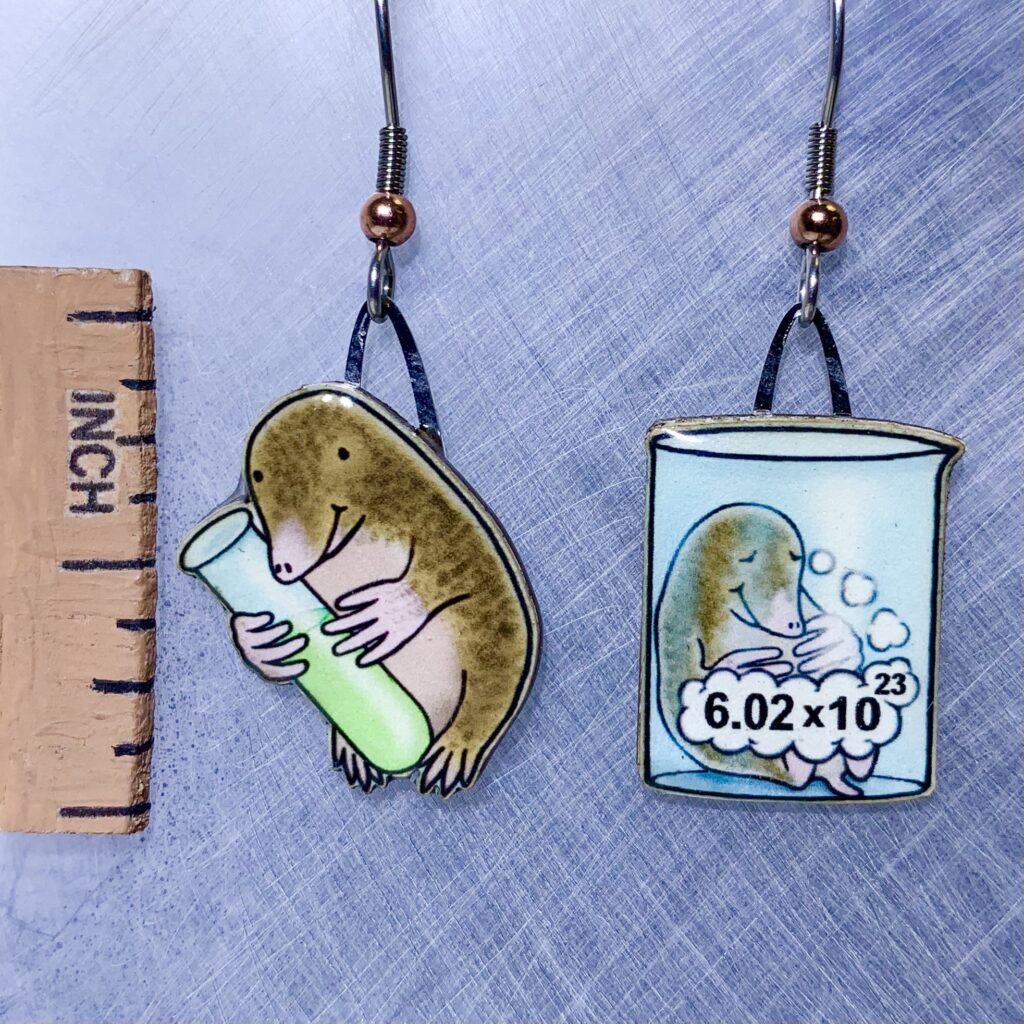
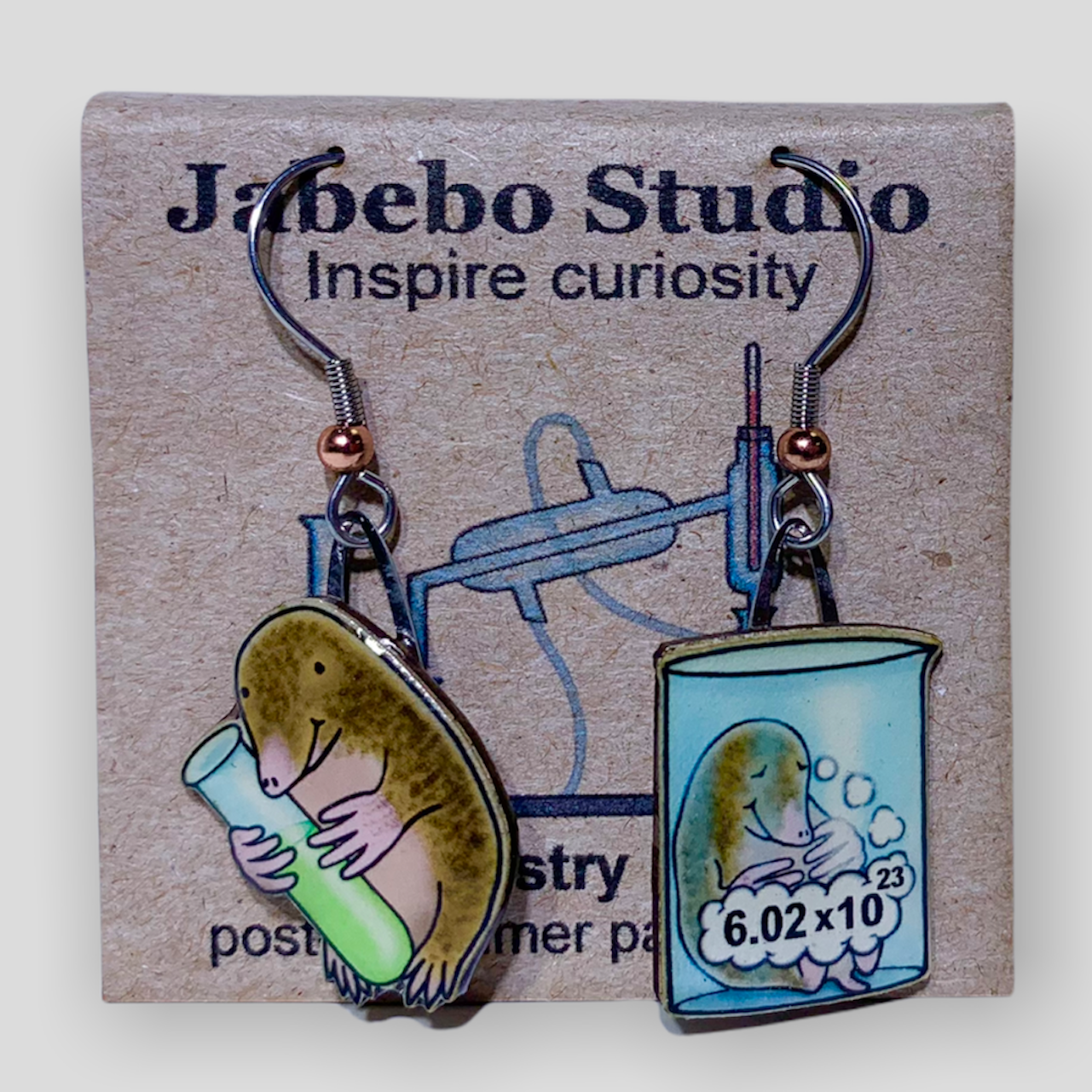
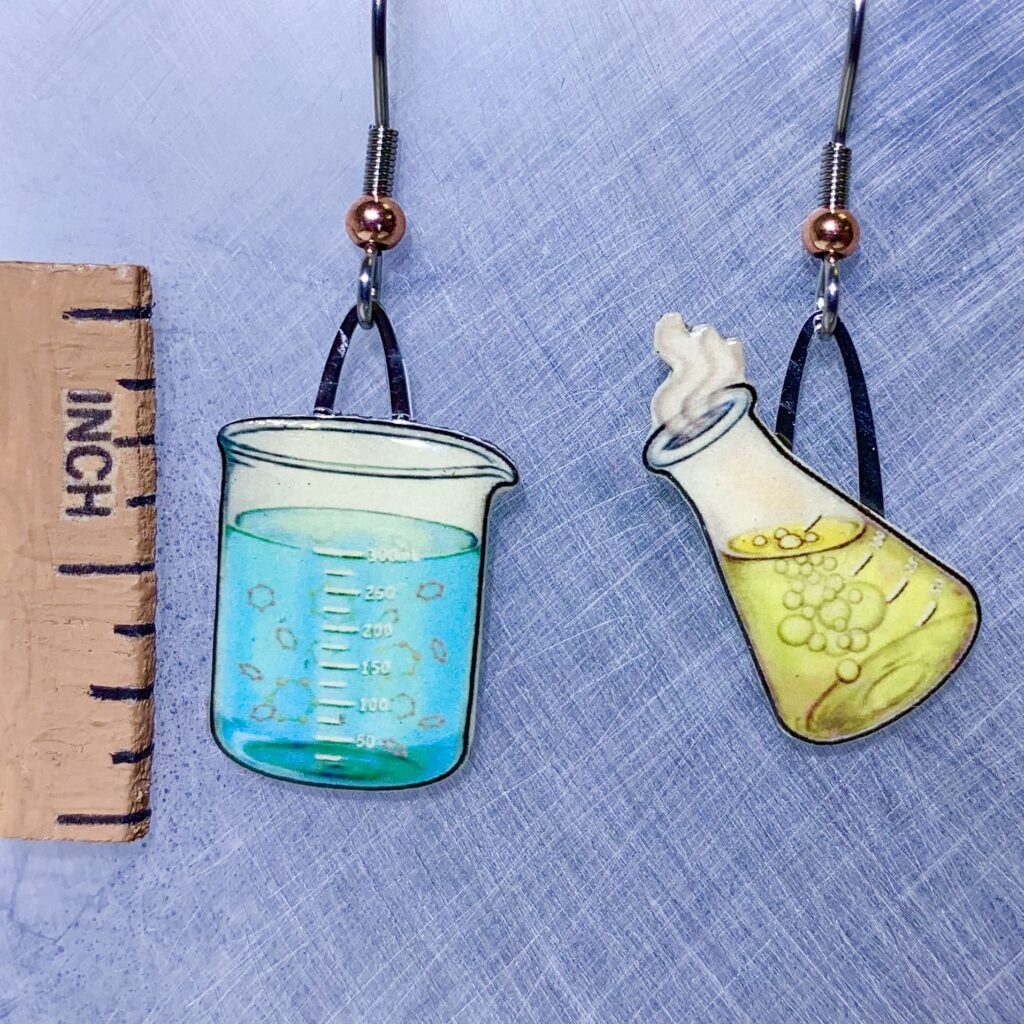
Blue and yellow glassware.
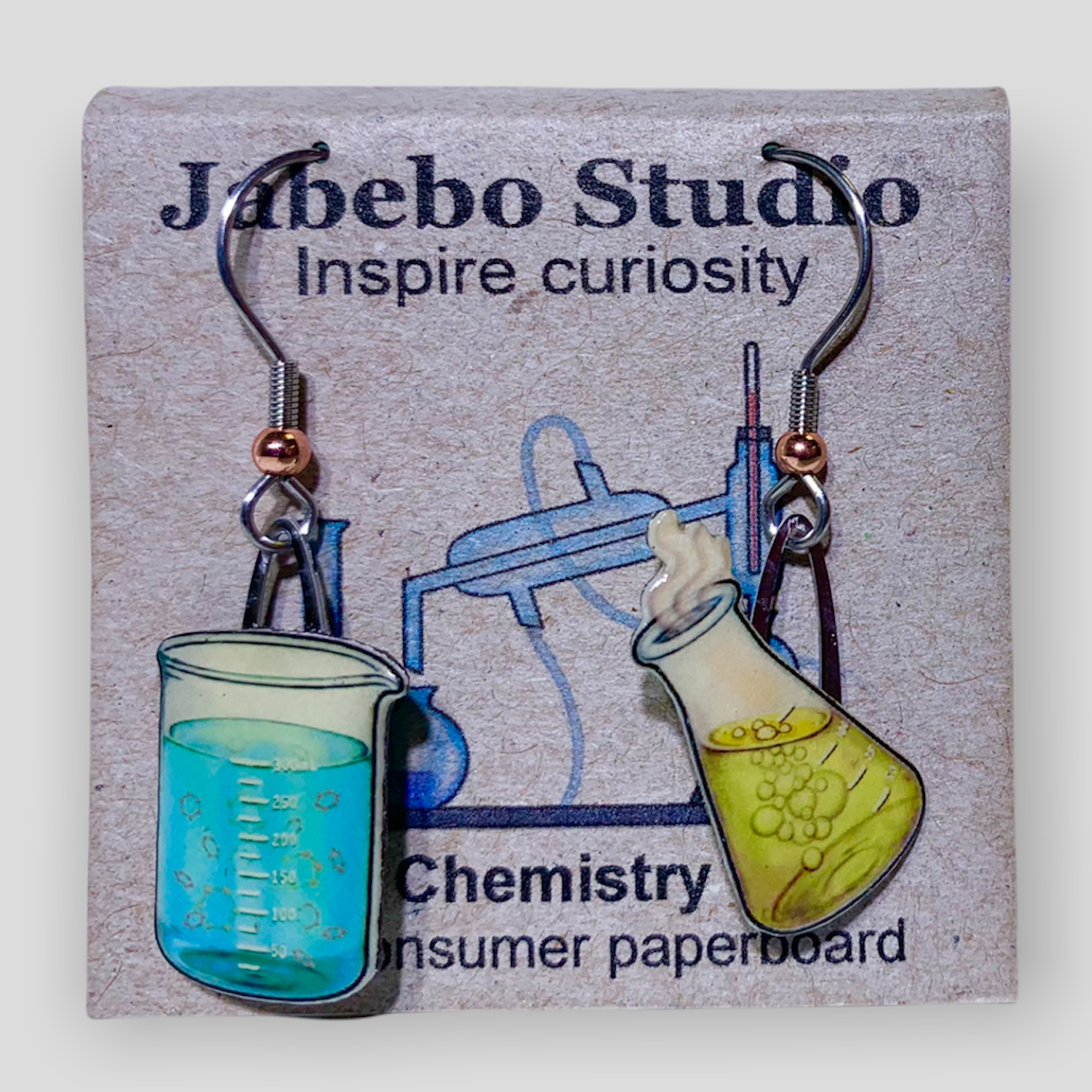
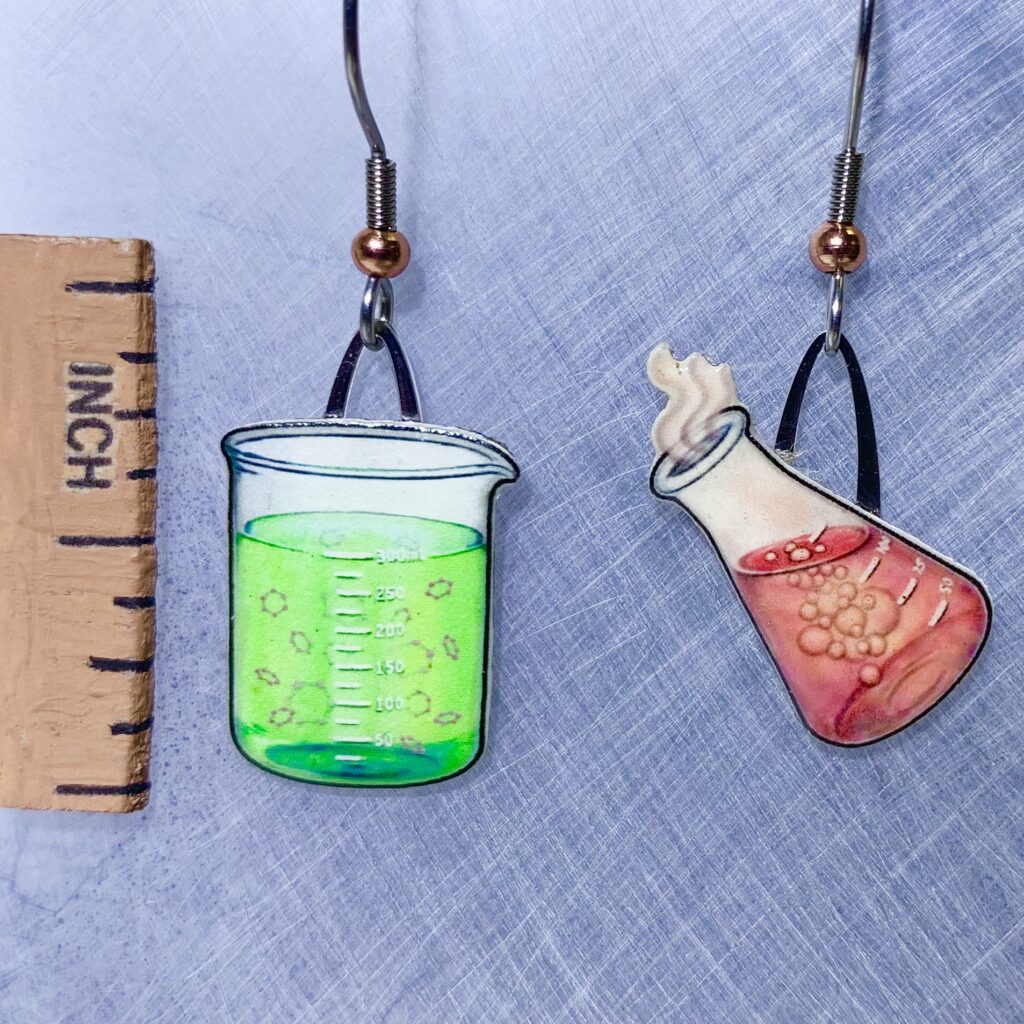
Green and red glassware.
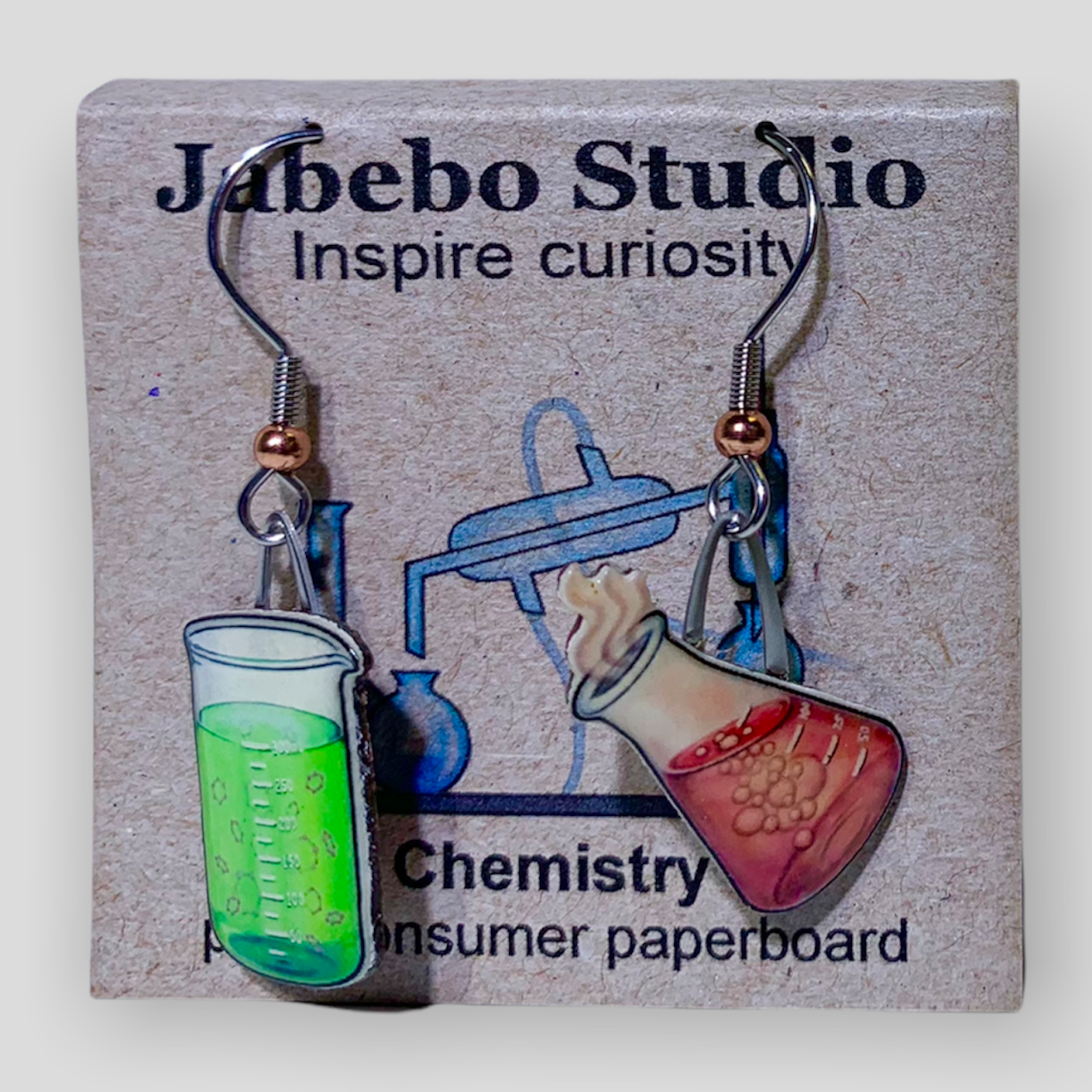
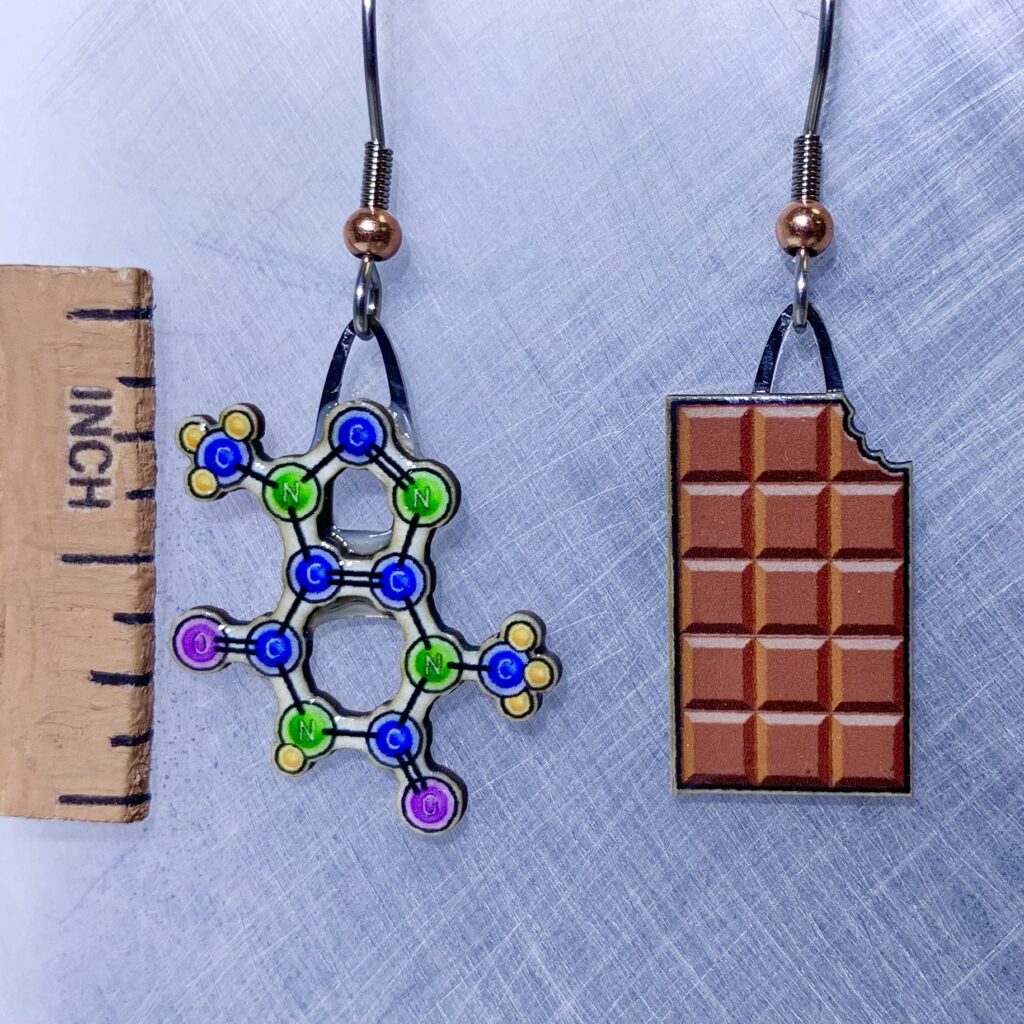
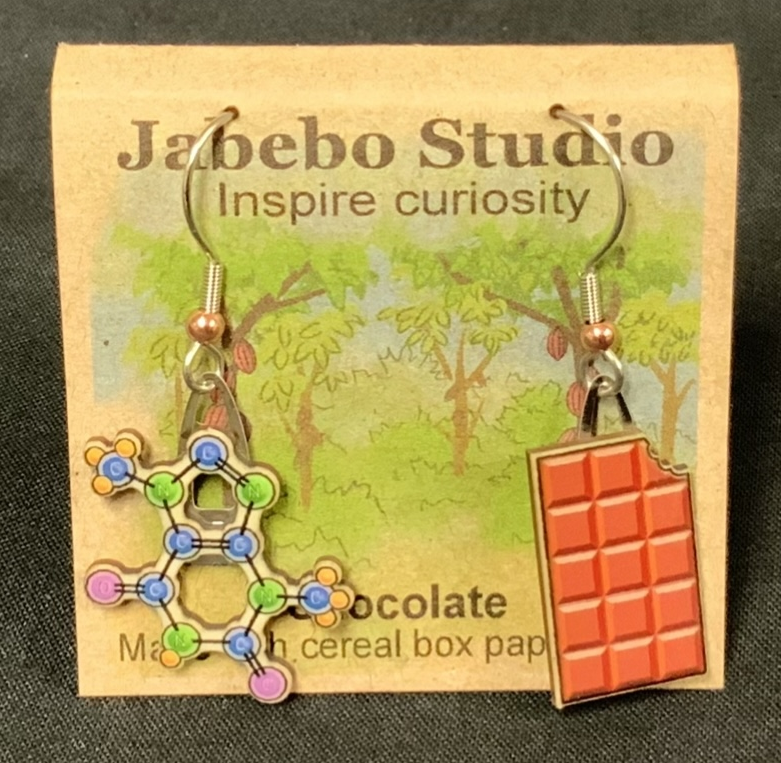
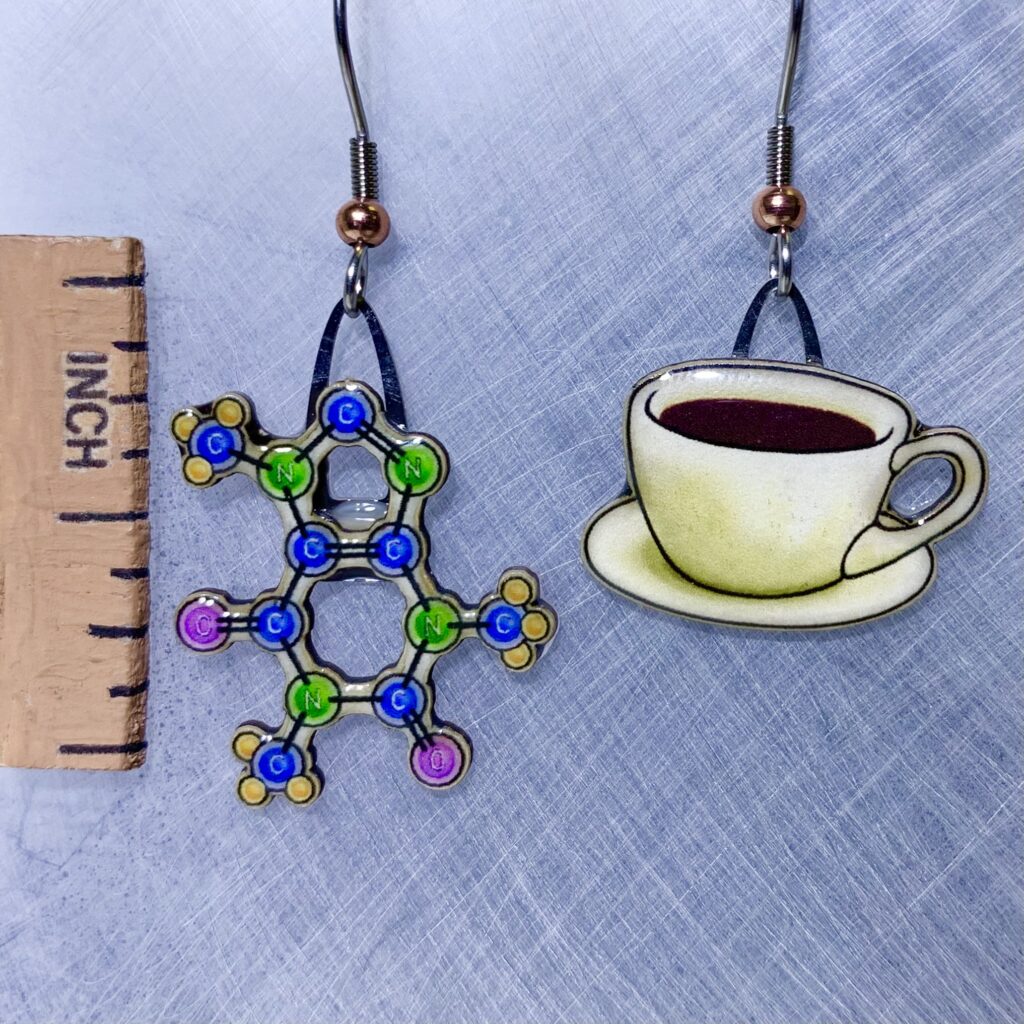
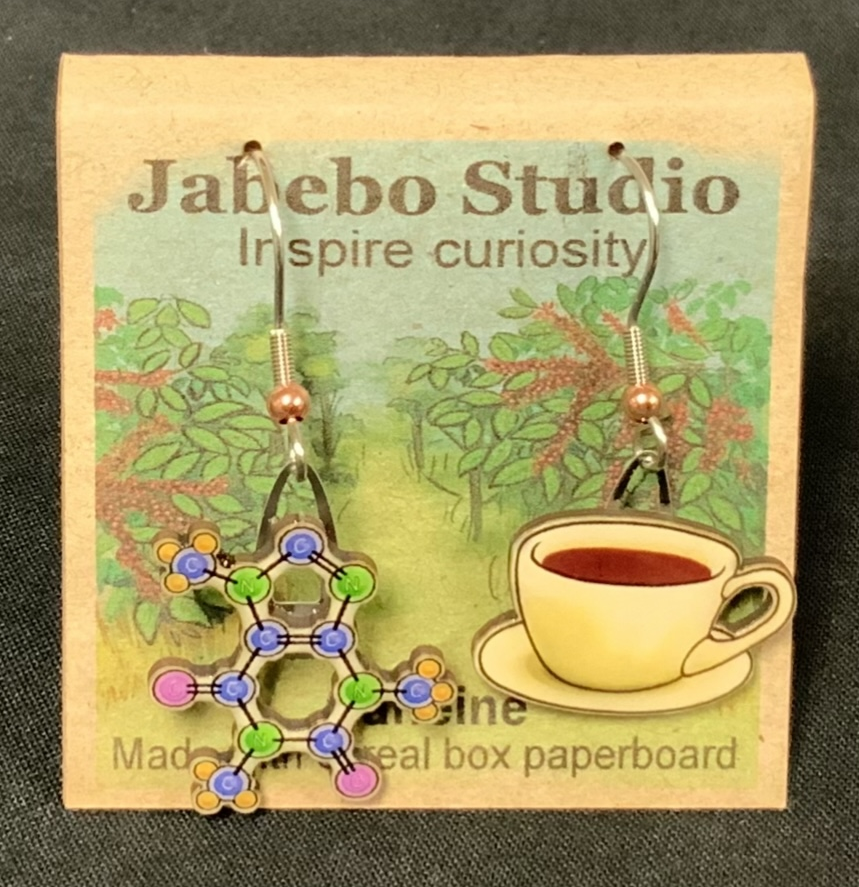
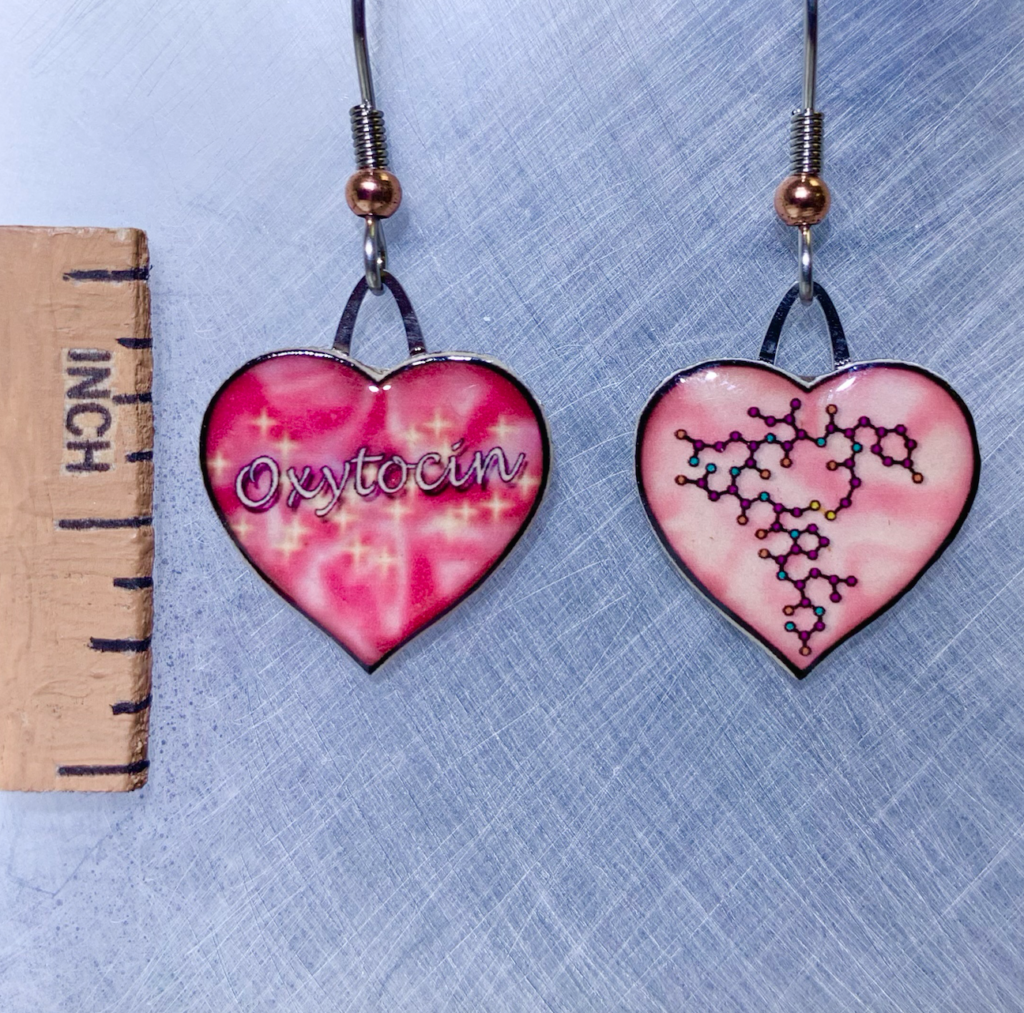
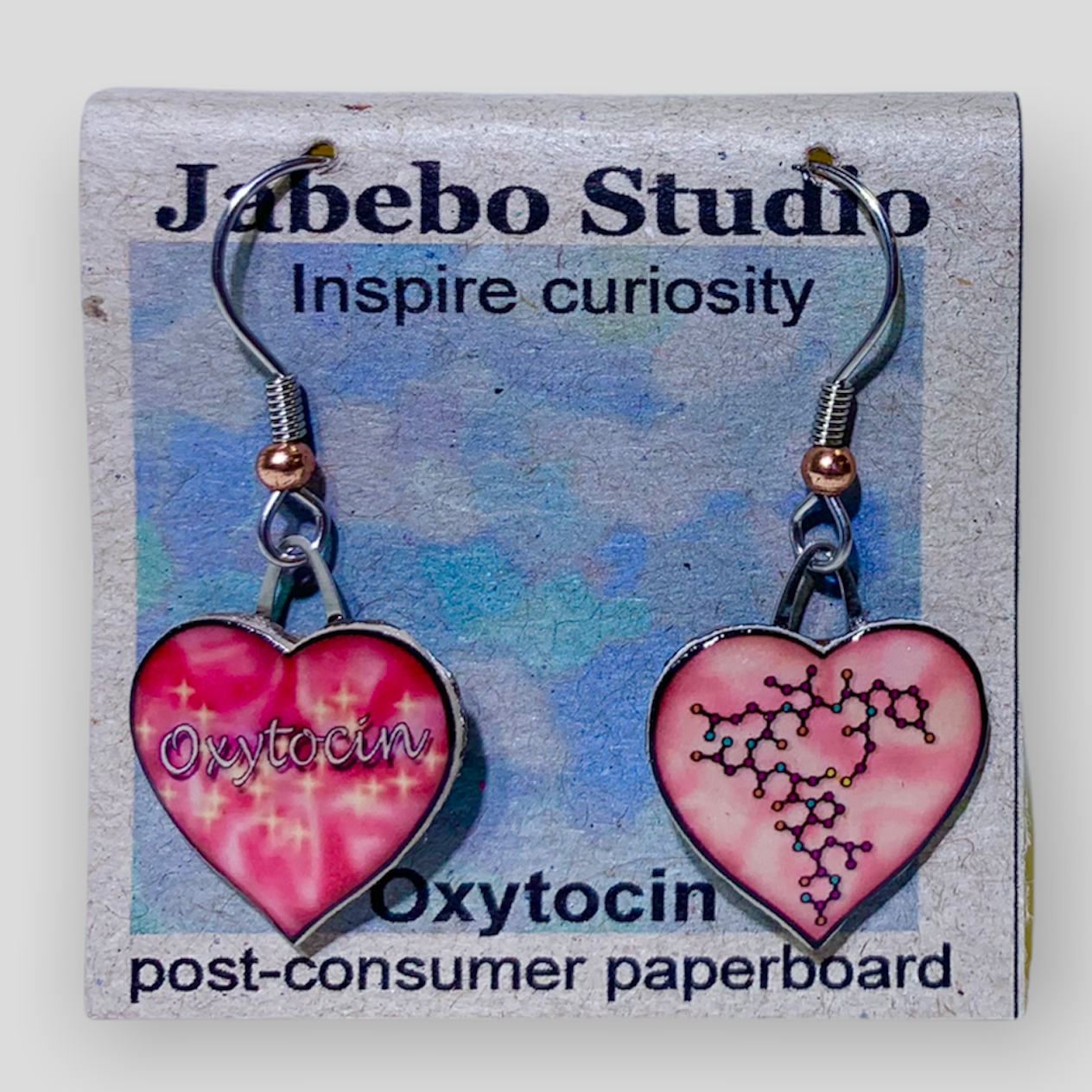
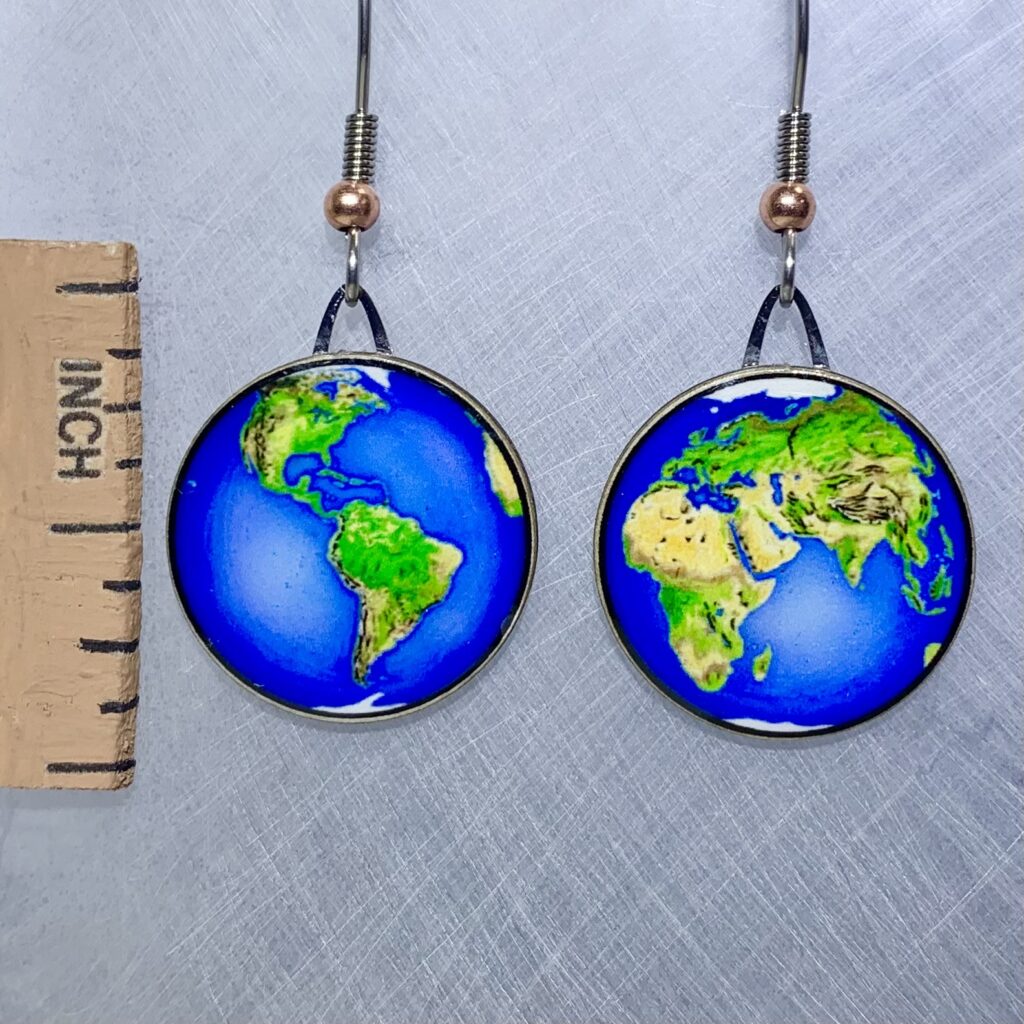
Our home, the 3rd planet from the sun – Earth. Though it is not the largest planet in our solar system, it is the only one known to have life-sustaining water. The rotation on its axis gives us day and night while the tilt on its axis yields our seasons.
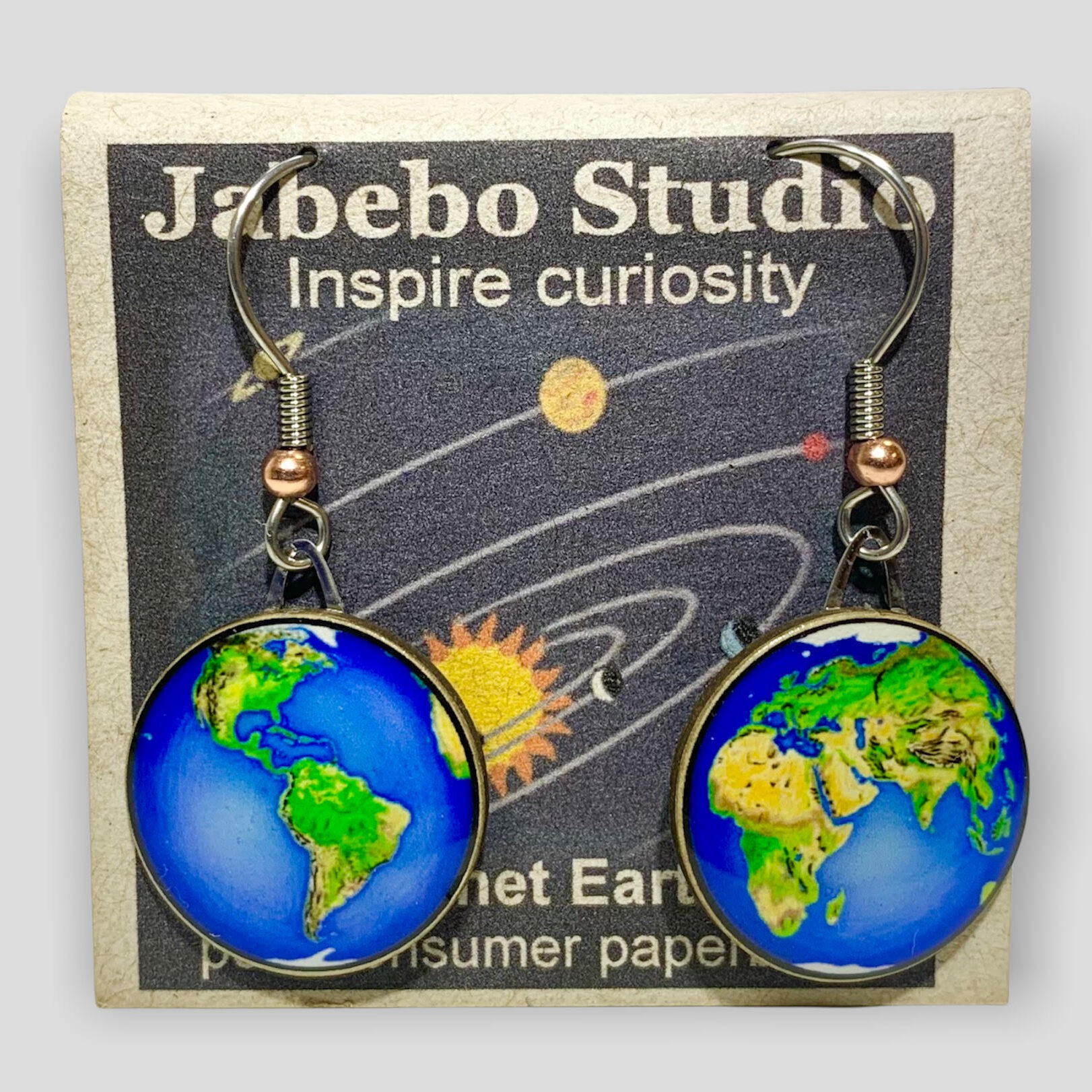
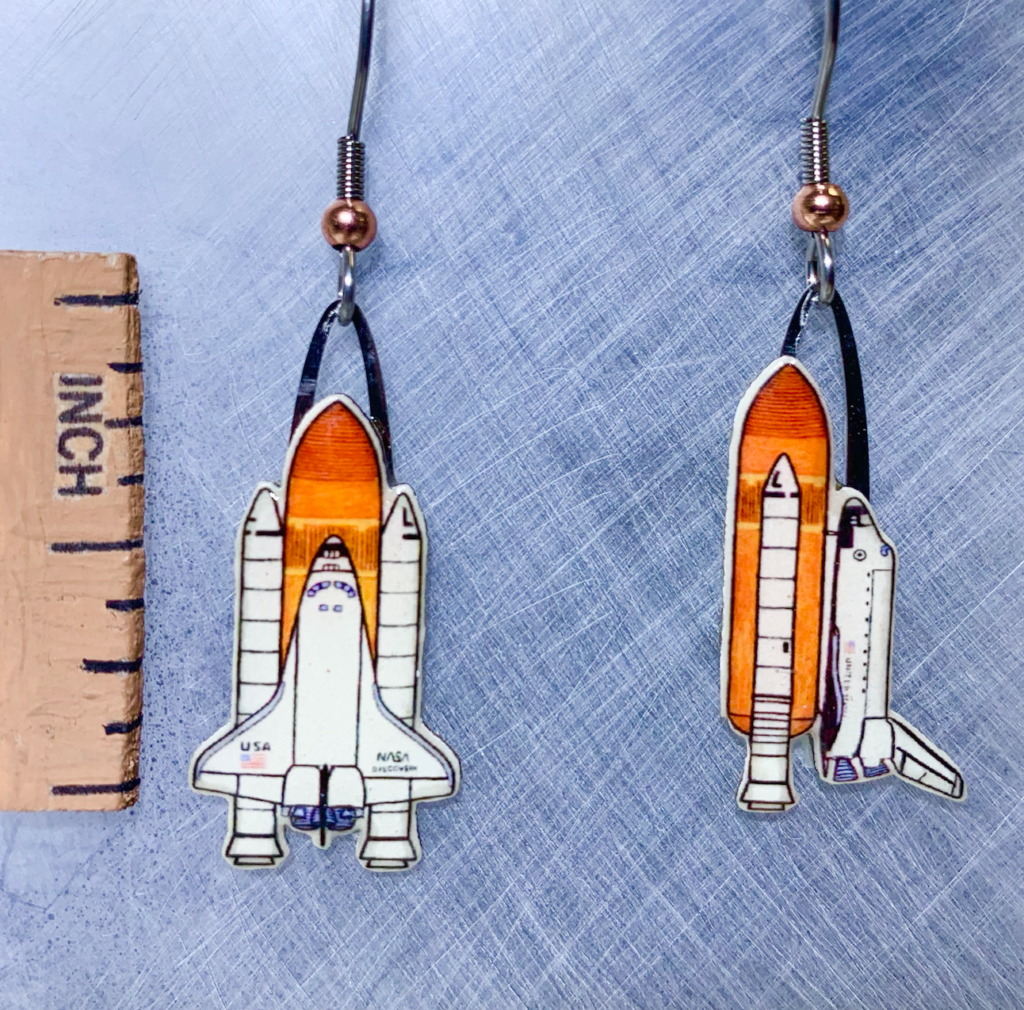
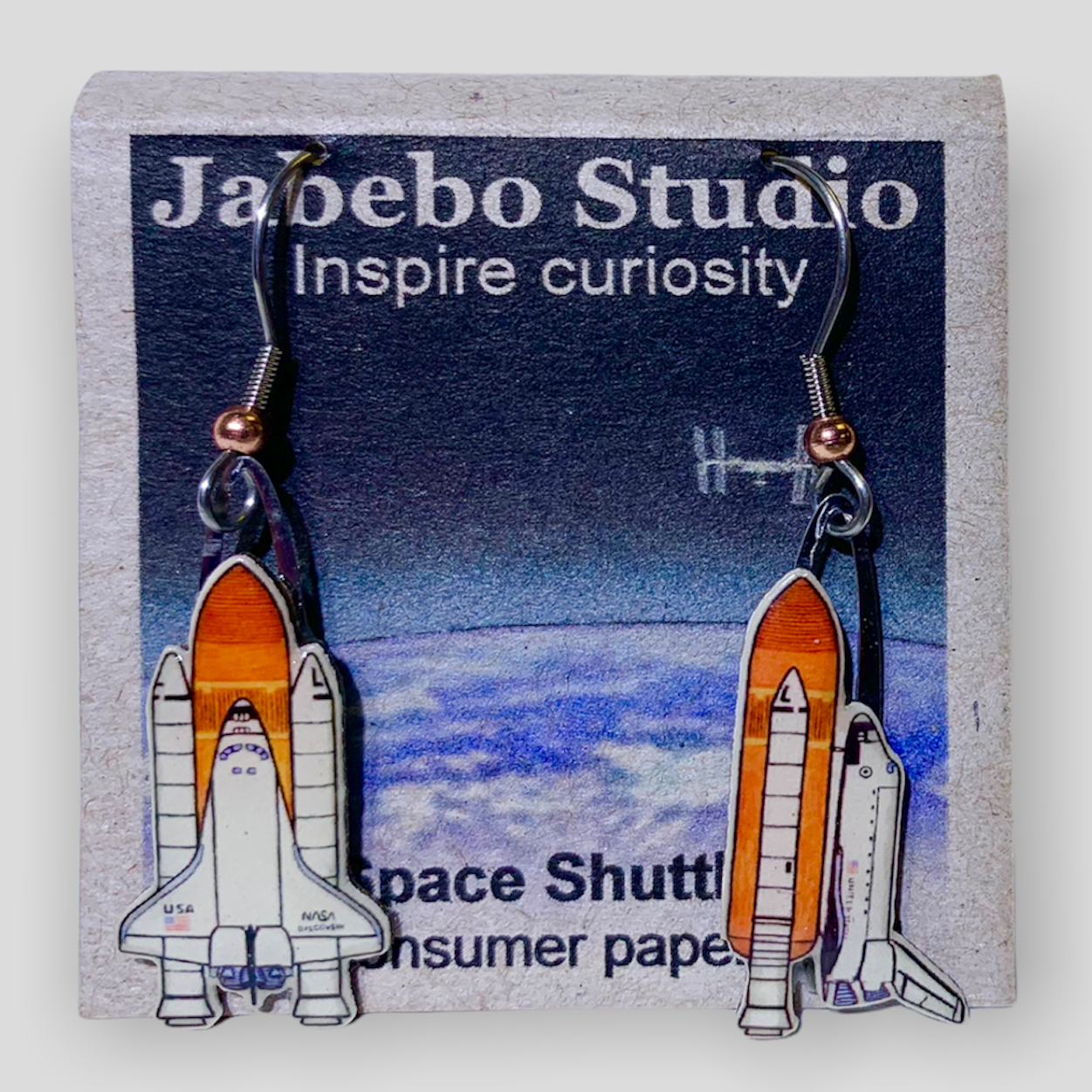
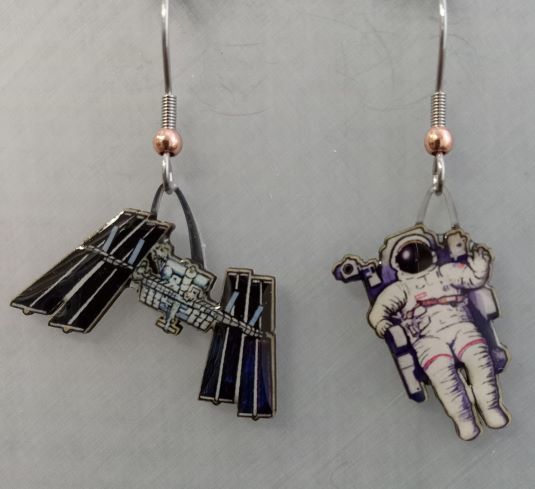
The ISS has been center stage for the human’s living in space since 2000. It will probably be finally decommissioned sometime mid to late 2020’s. What will we build next to continue living in space?
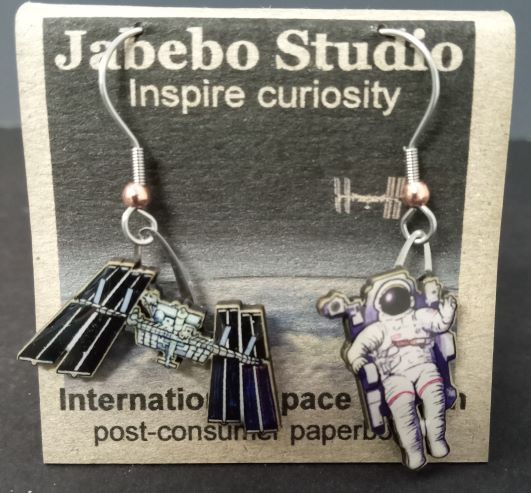
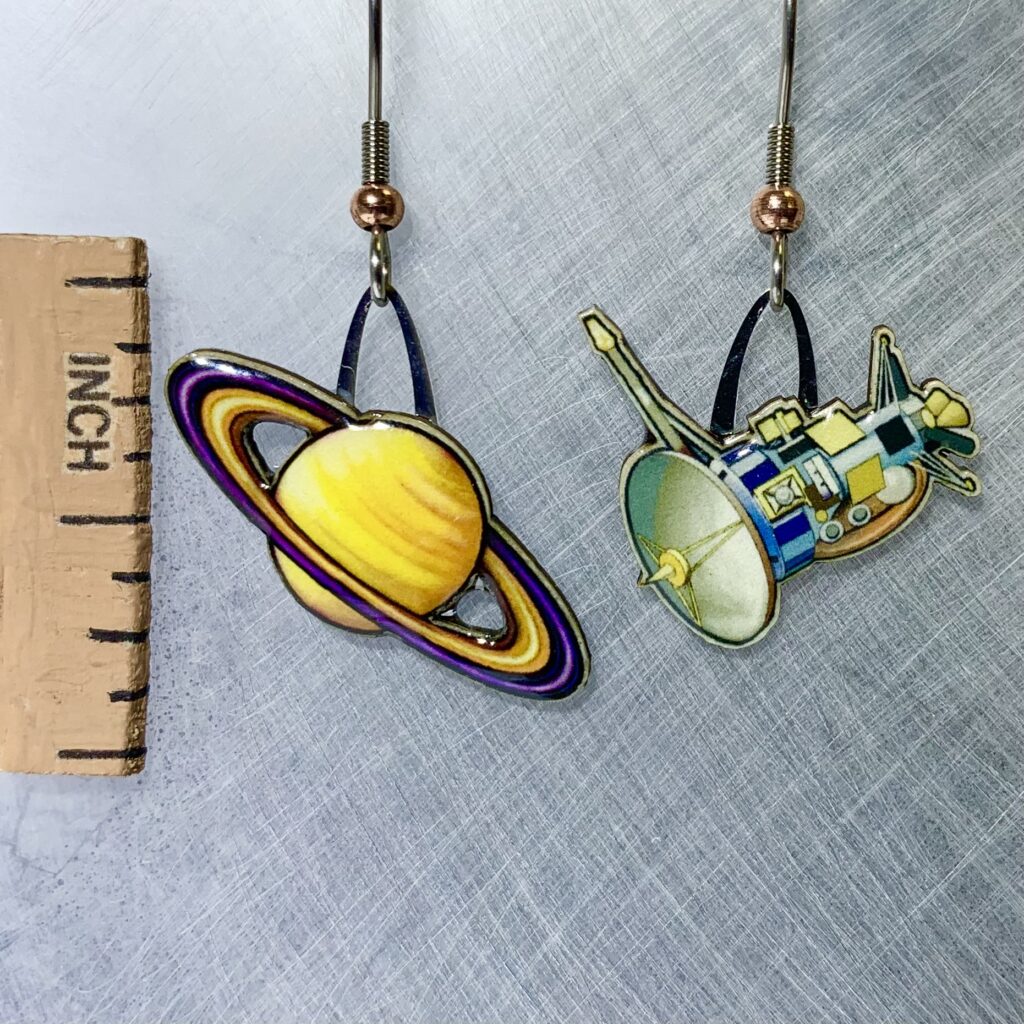
Cassini-Huygens spacecraft launched in 1997, arriving in orbit around Saturn more than 6 years later. After 13 years exploring Saturn and collecting the 1st sample from an extraterrestrial ocean, it ran out of fuel and was destroyed in the atmosphere.
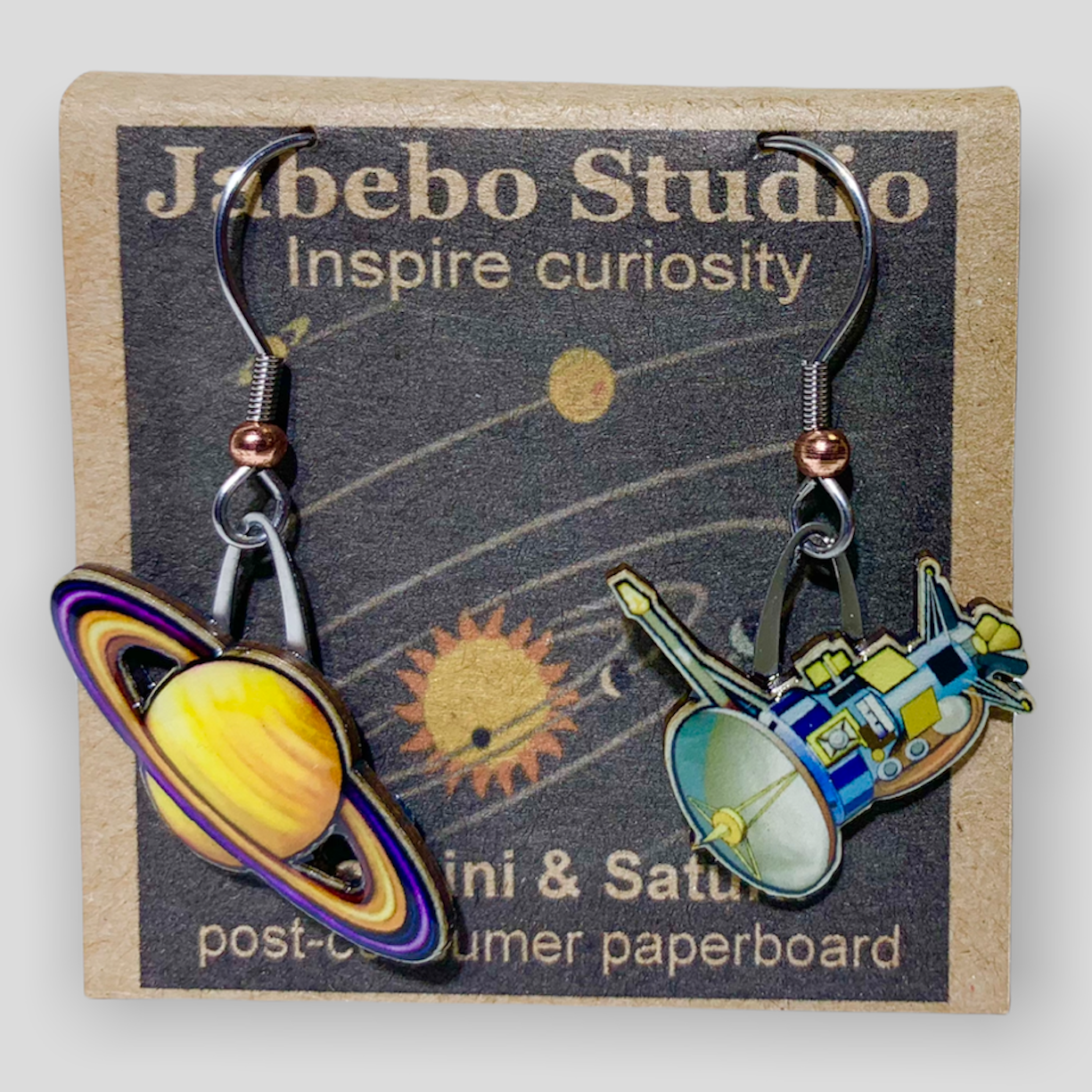
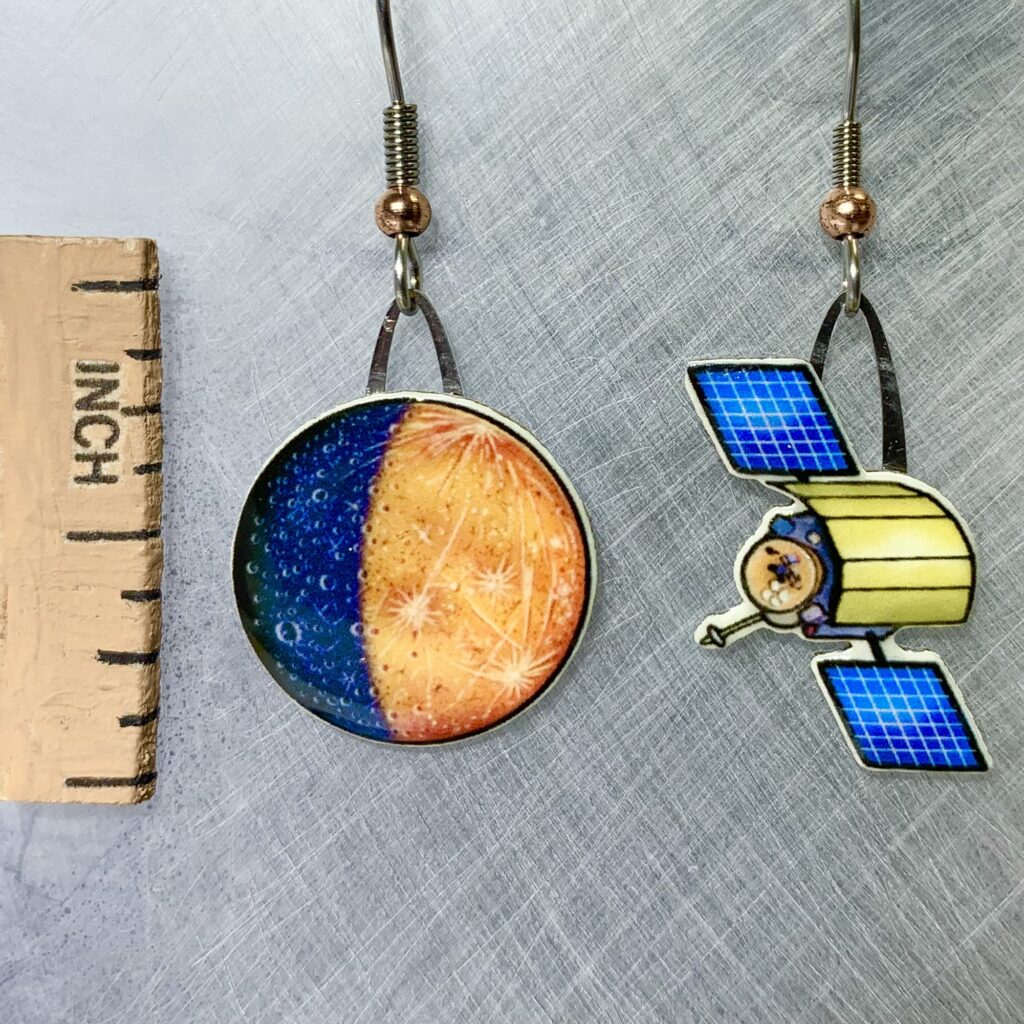
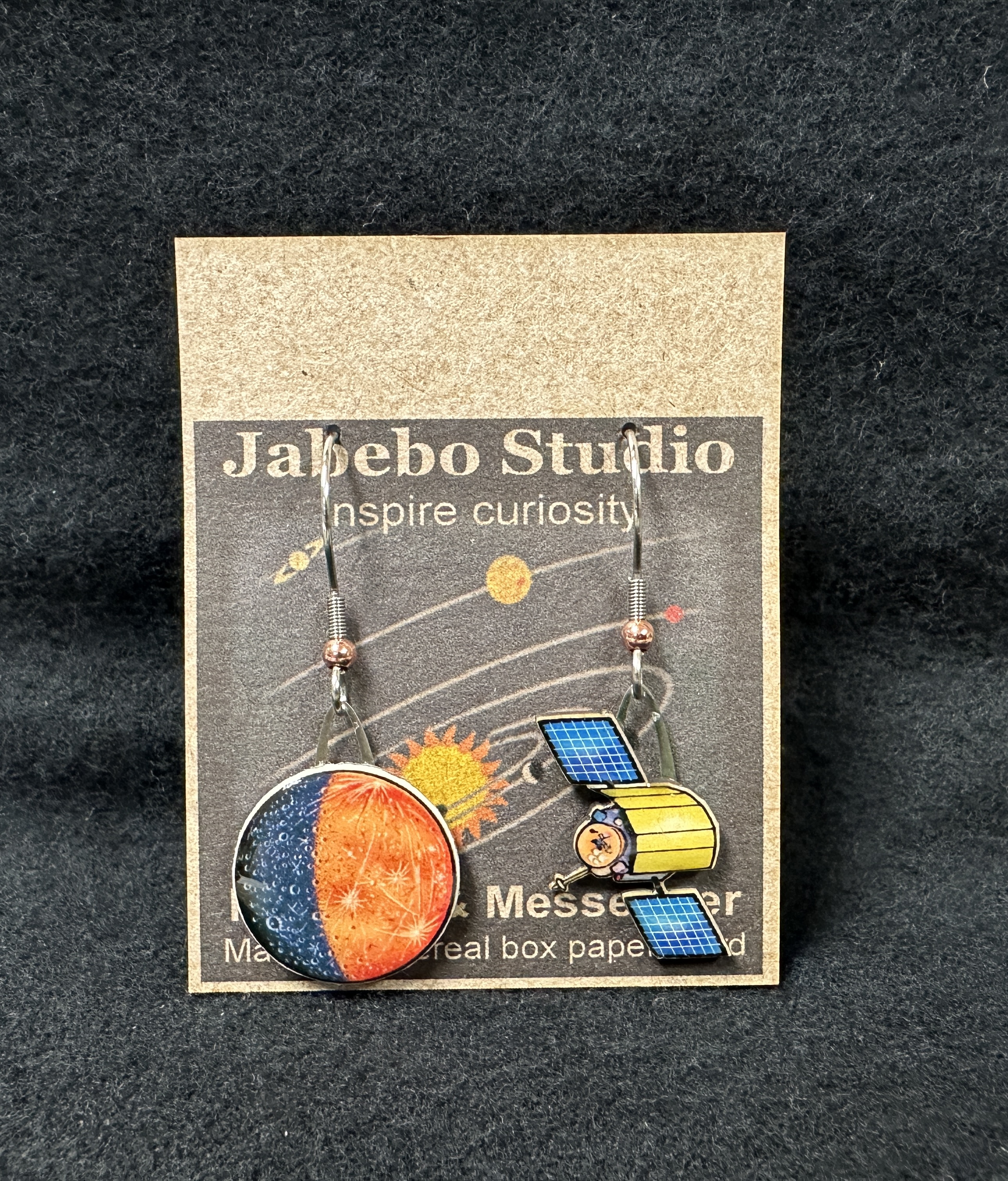
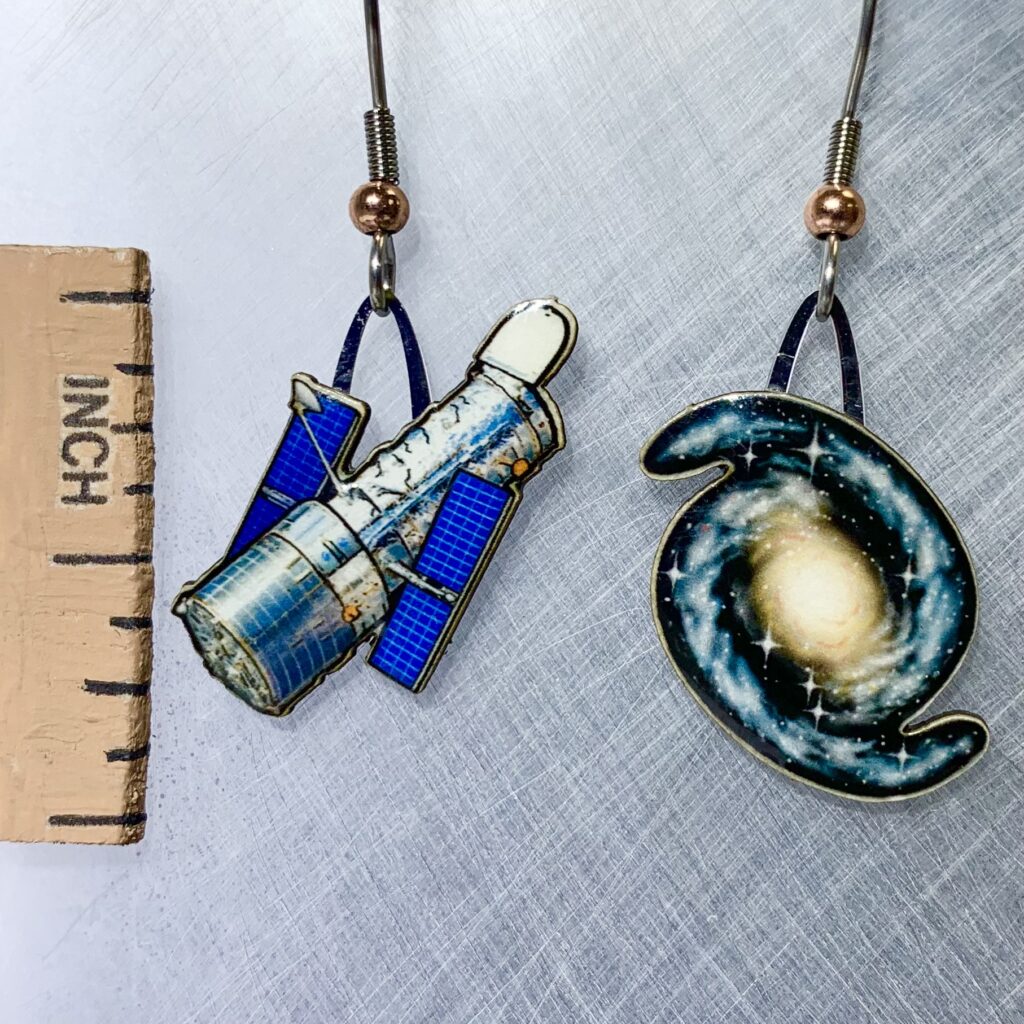
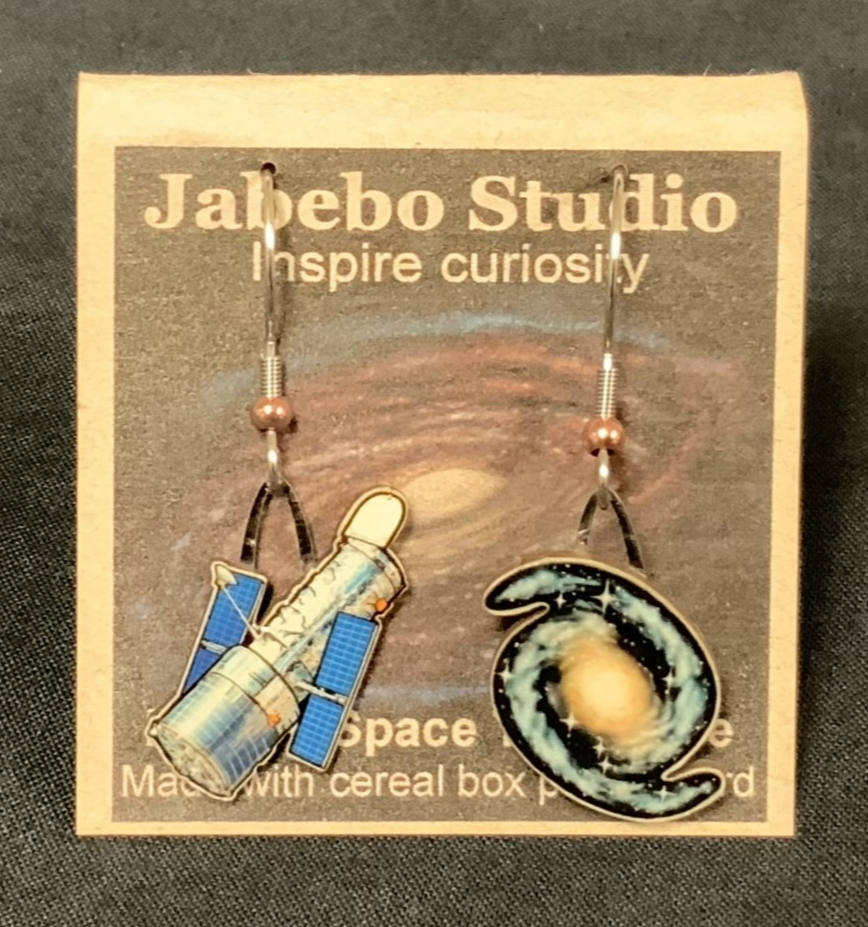
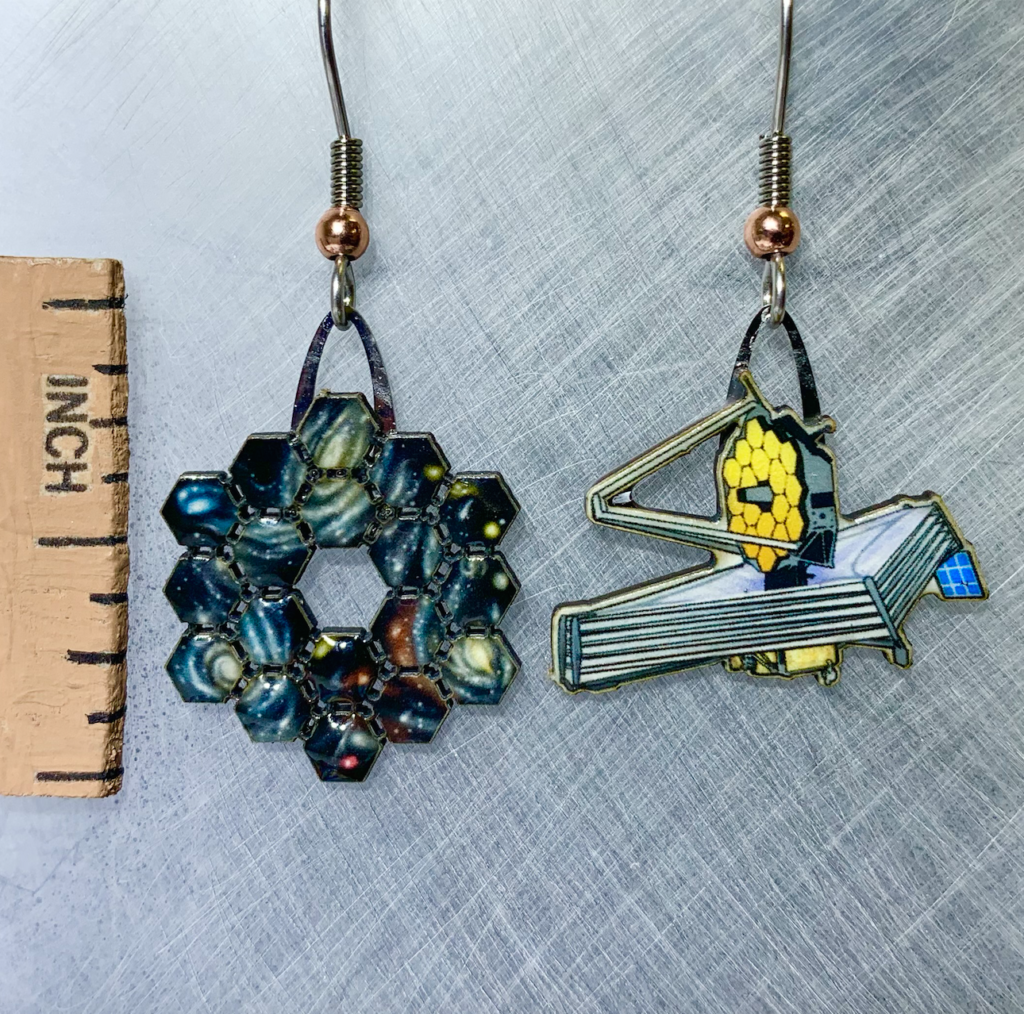
This space telescope, planned to launch in 2021, will succeed the Hubble. The Webb is much larger, all the better to see more deeply into the beginnings of the universe.
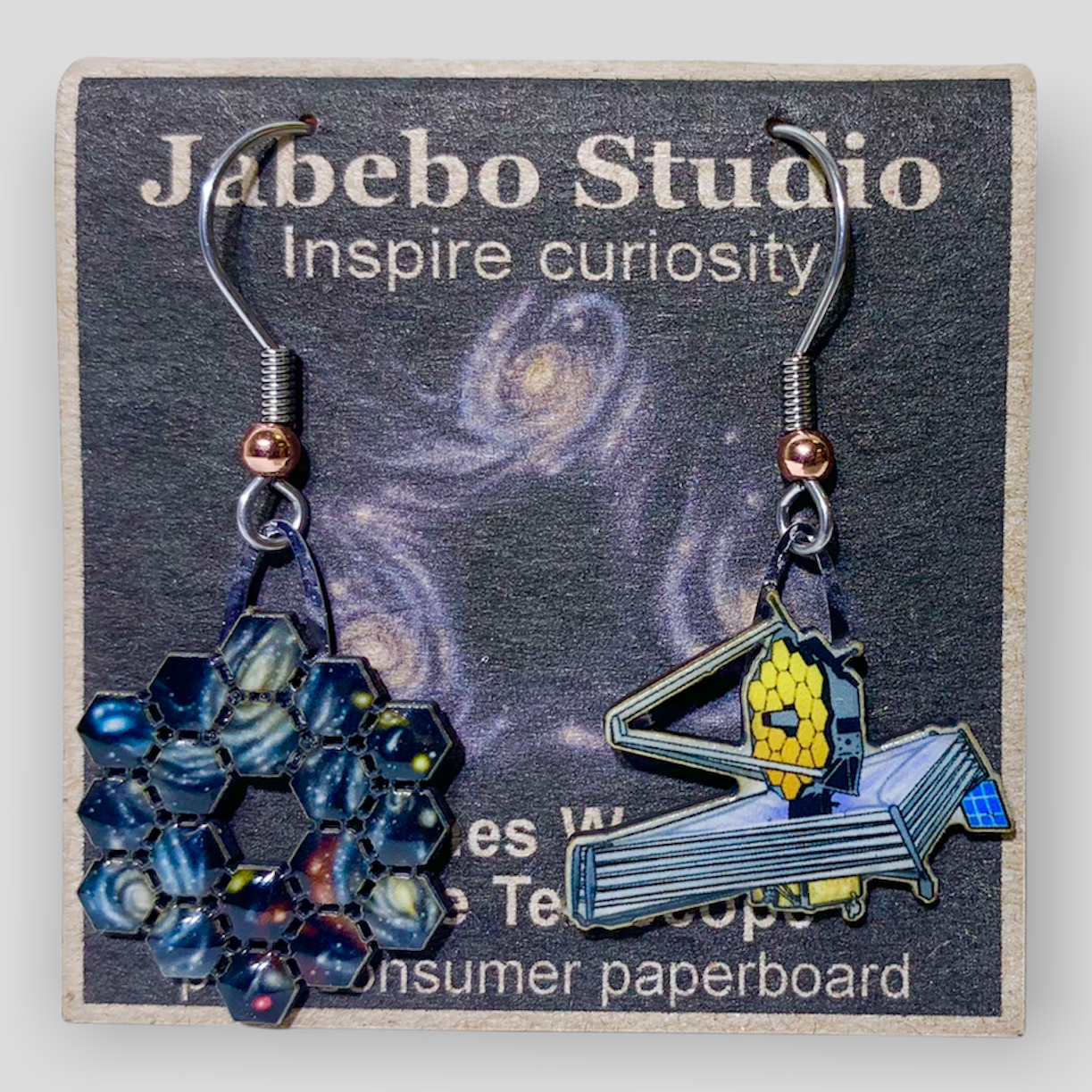
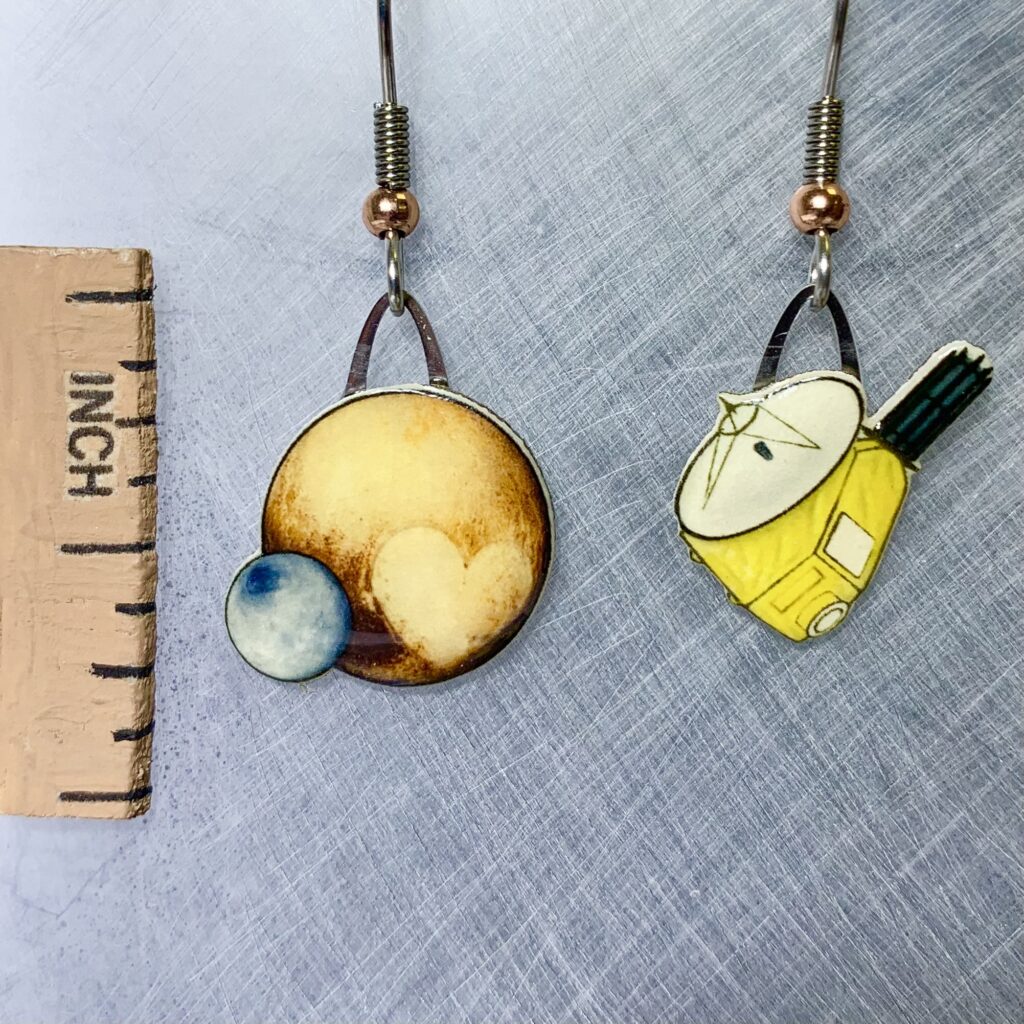
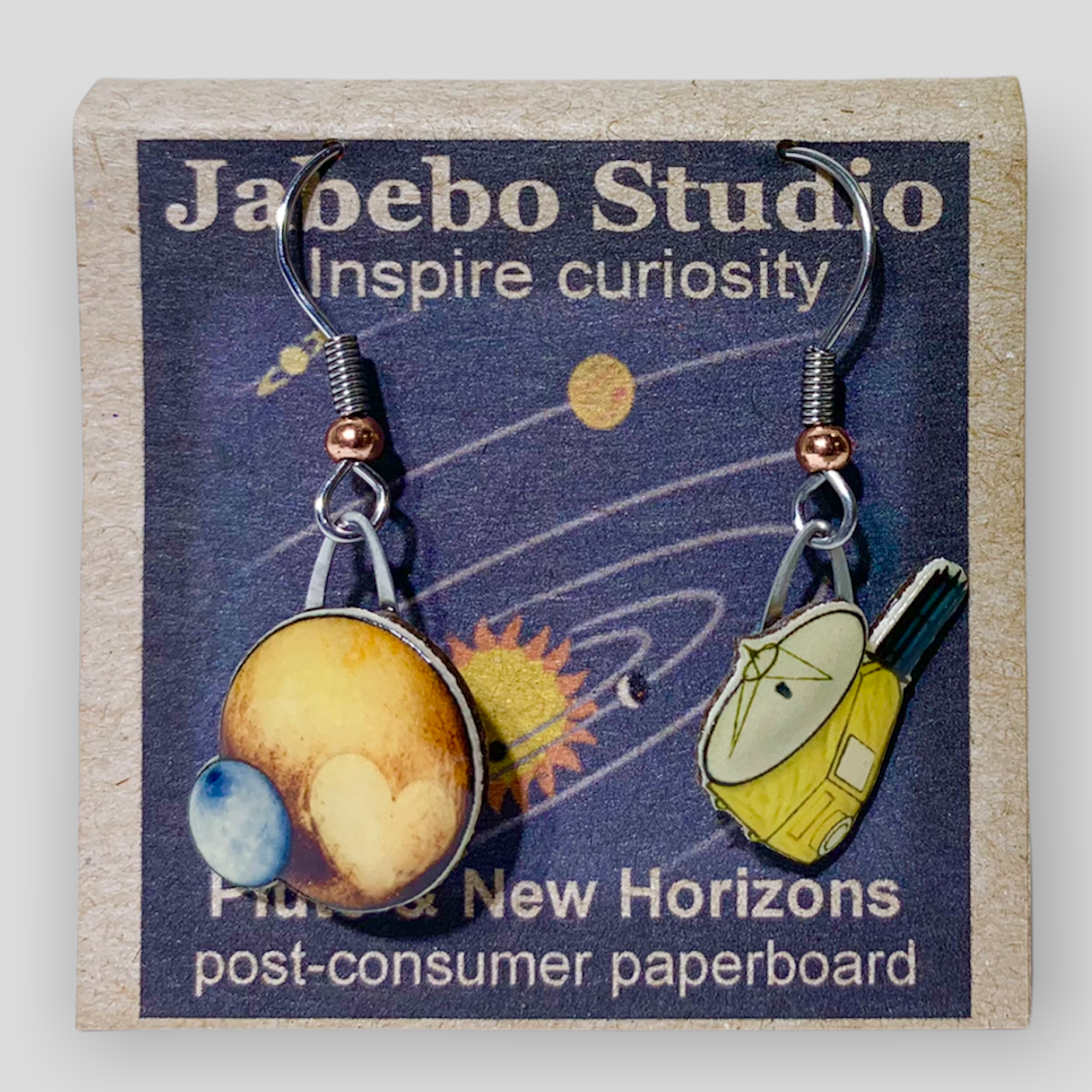
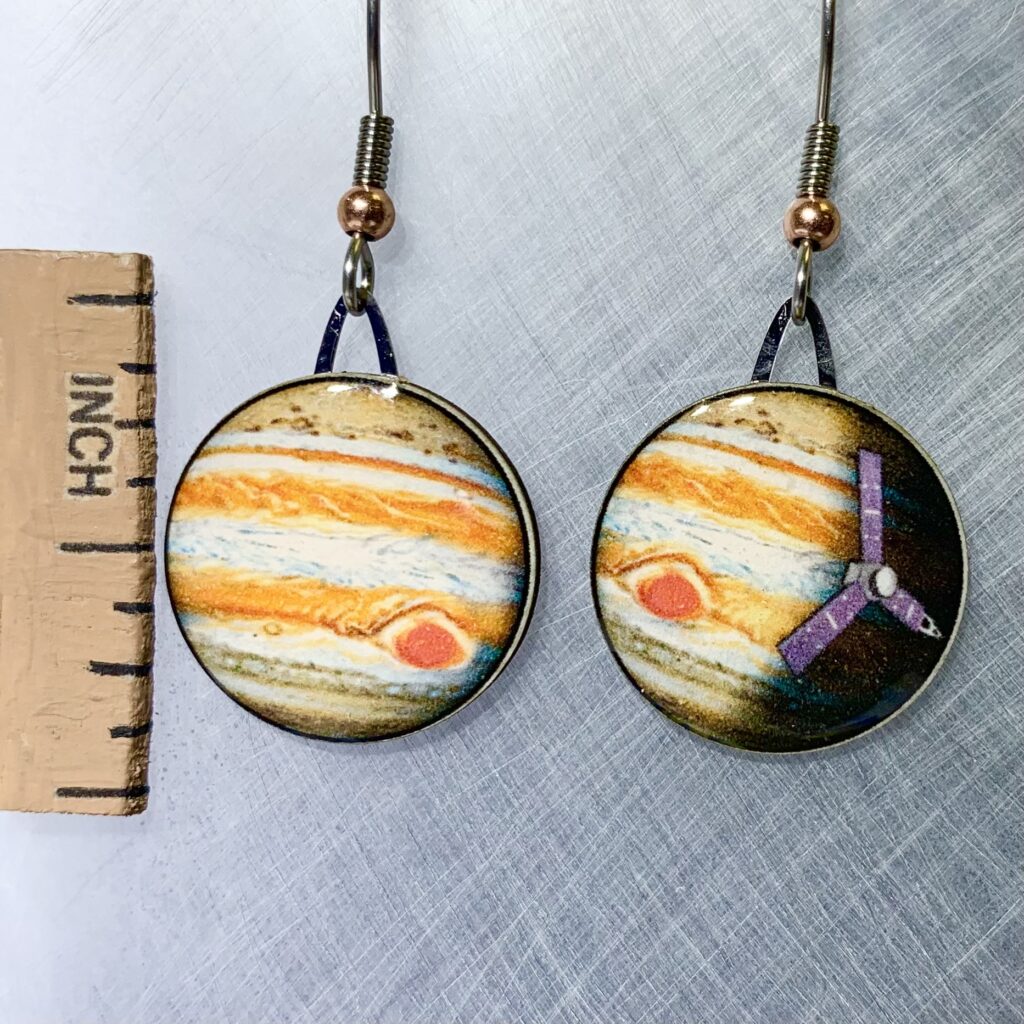
The space craft Juno arrived at Jupiter just this past July. Soon we will be seeing spectacular images of the gas giant.
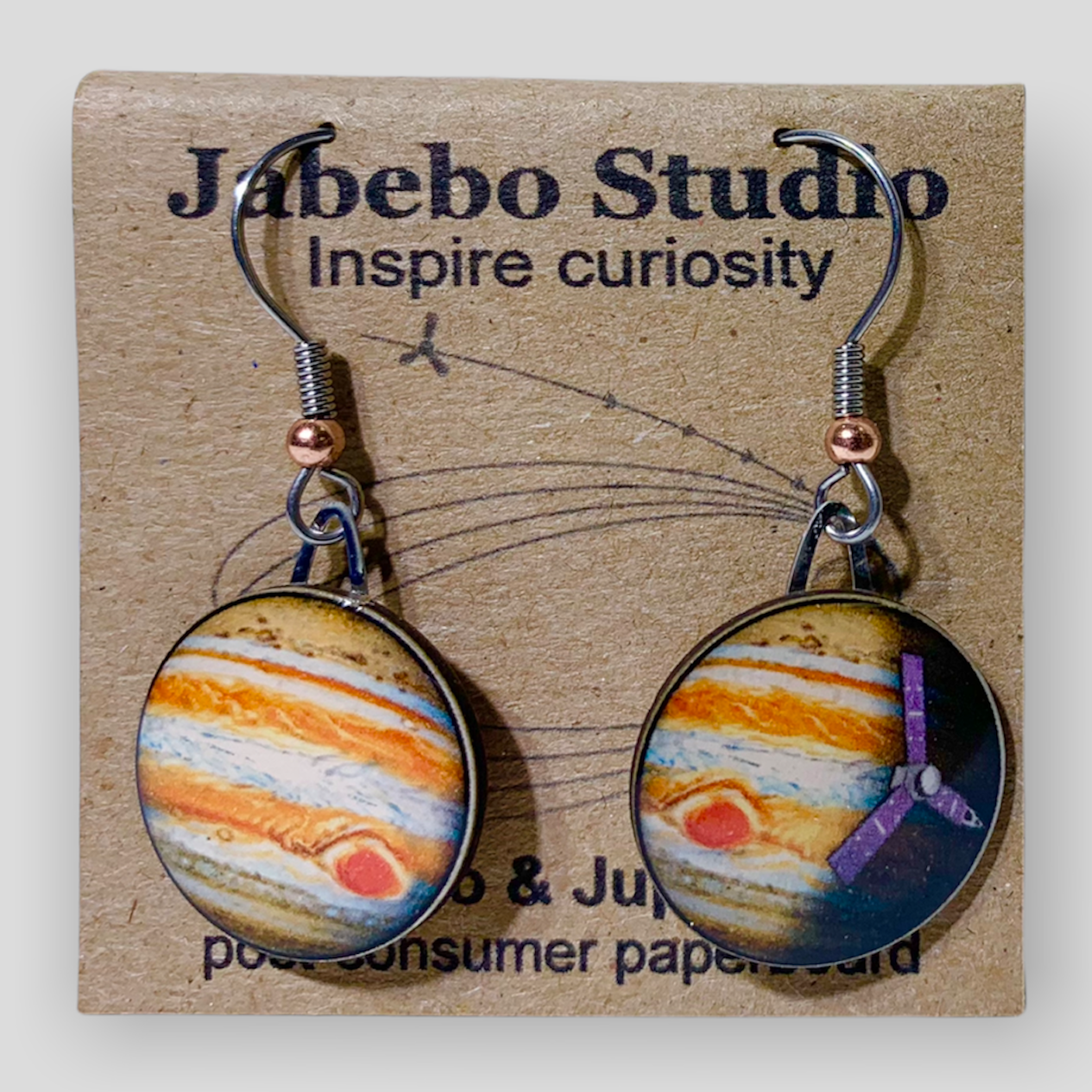
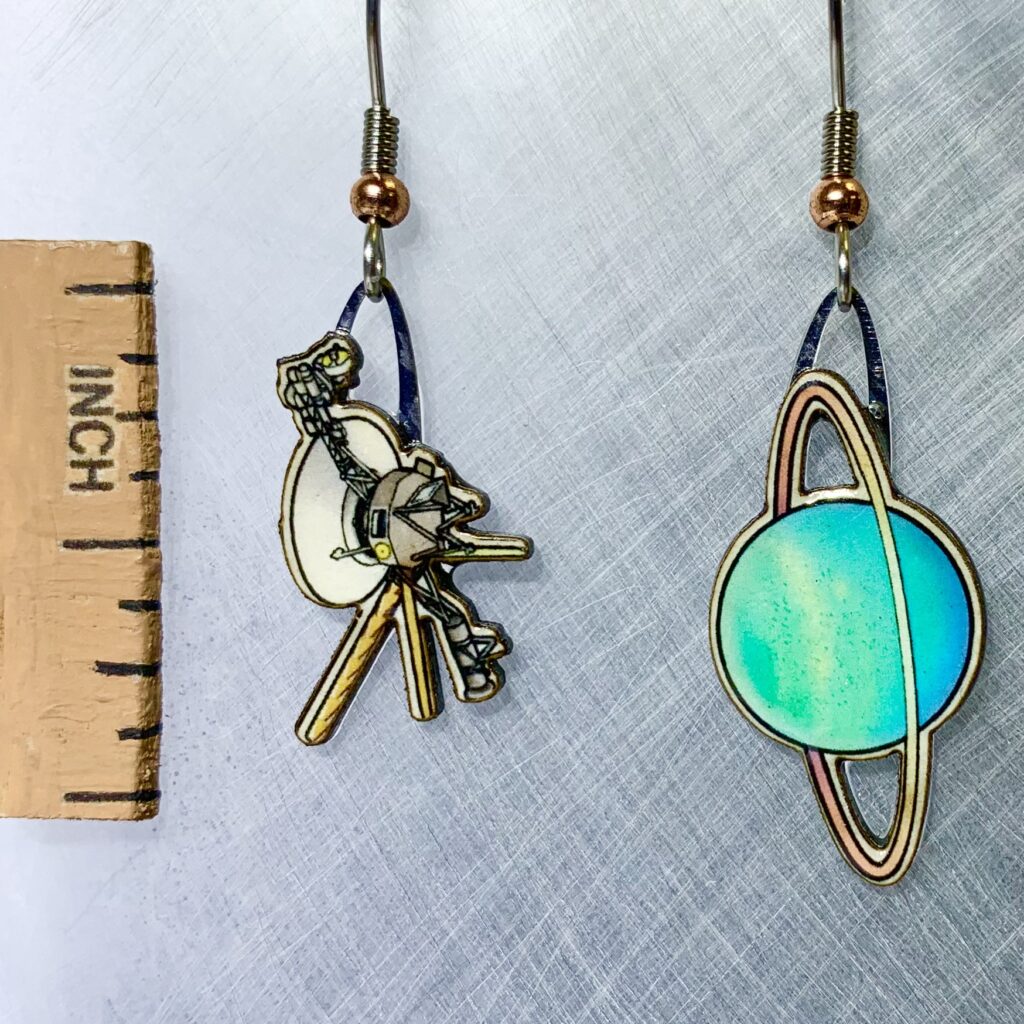
The twin Voyager probes were launched during the summer of 1977. Voyager 2 passed through the Uranian system in January of 1986, and both spacecraft continue to transmit data back to earth as they venture beyond, into interstellar space.
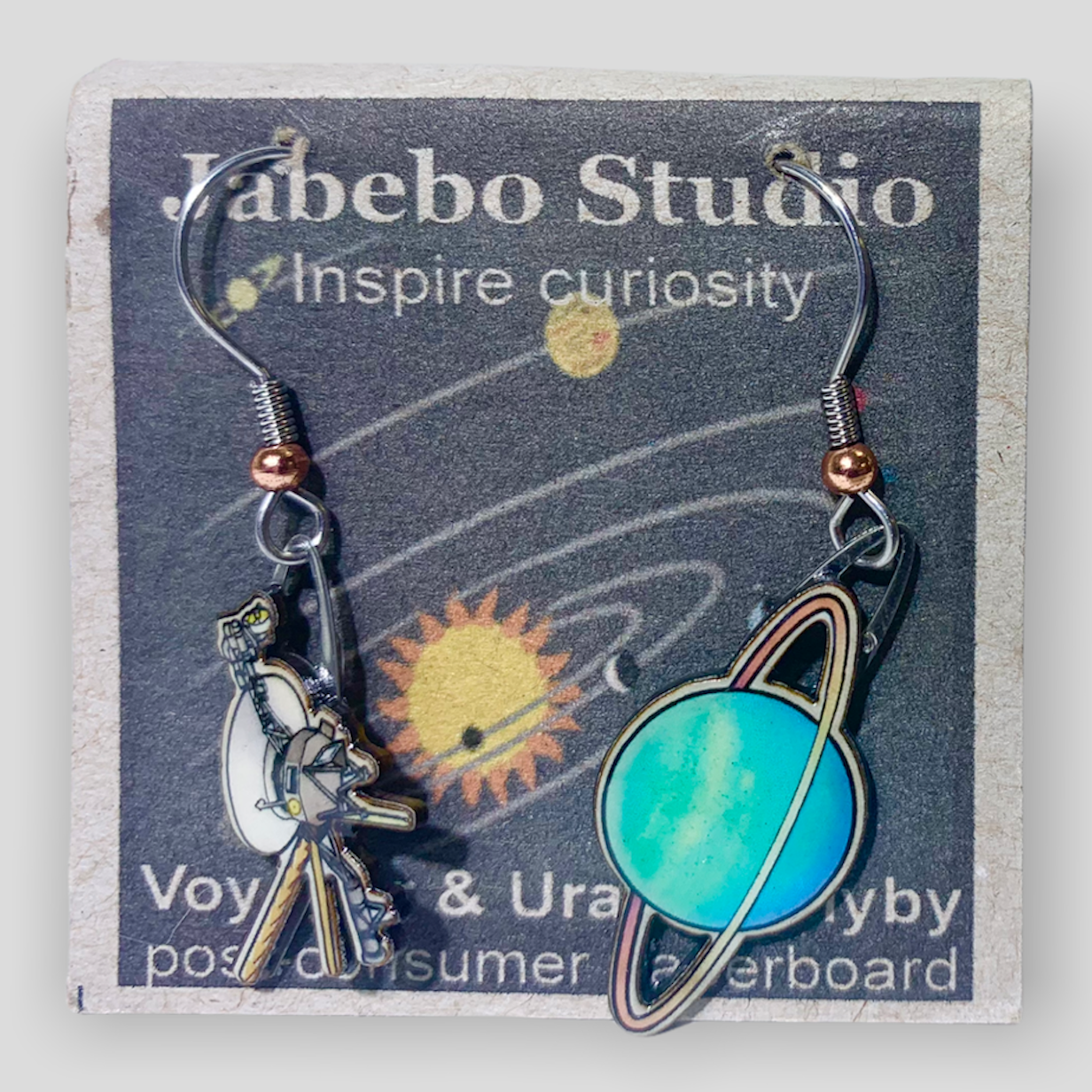
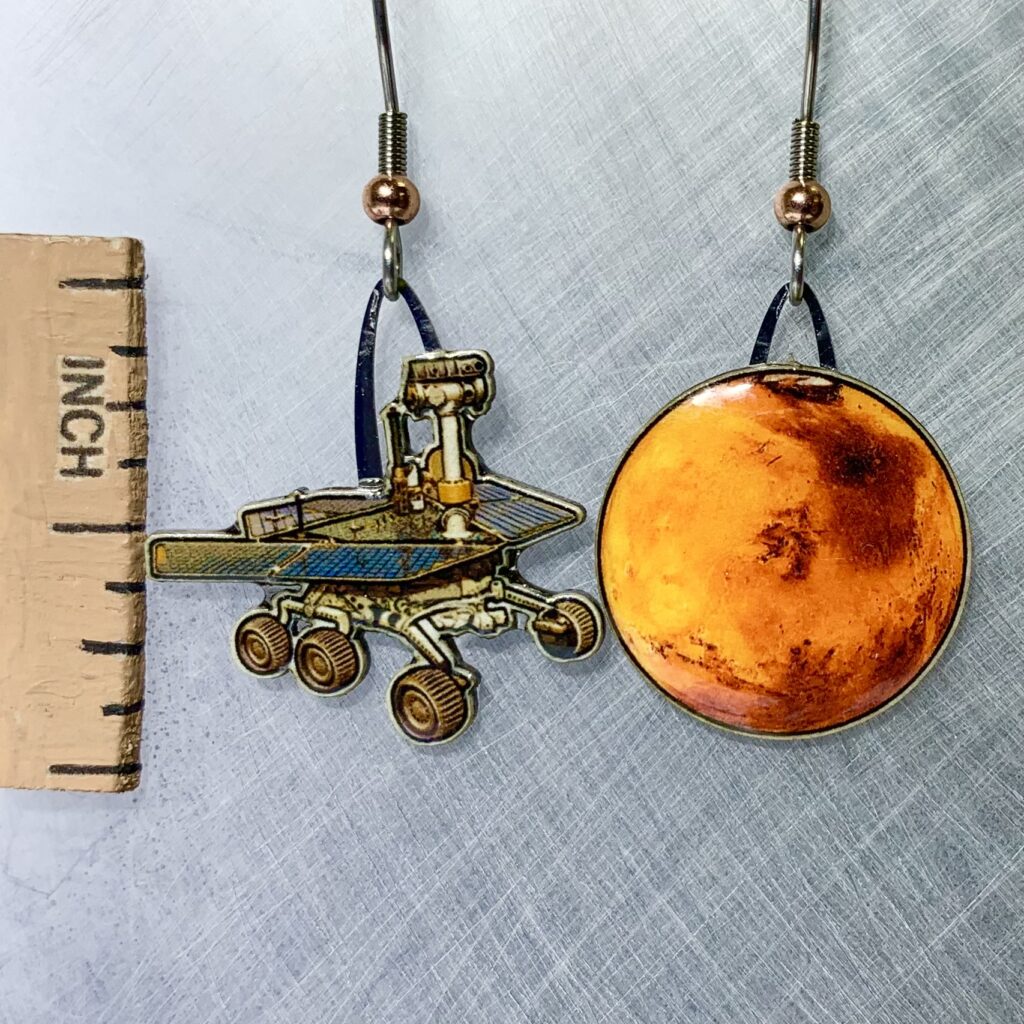
With a familiar atmosphere and geological features, Mars has peaked our human curiosity. Several remotely controlled rovers have operated on the planet. Mars is easy to see from Earth. The distance averages 140 million miles.
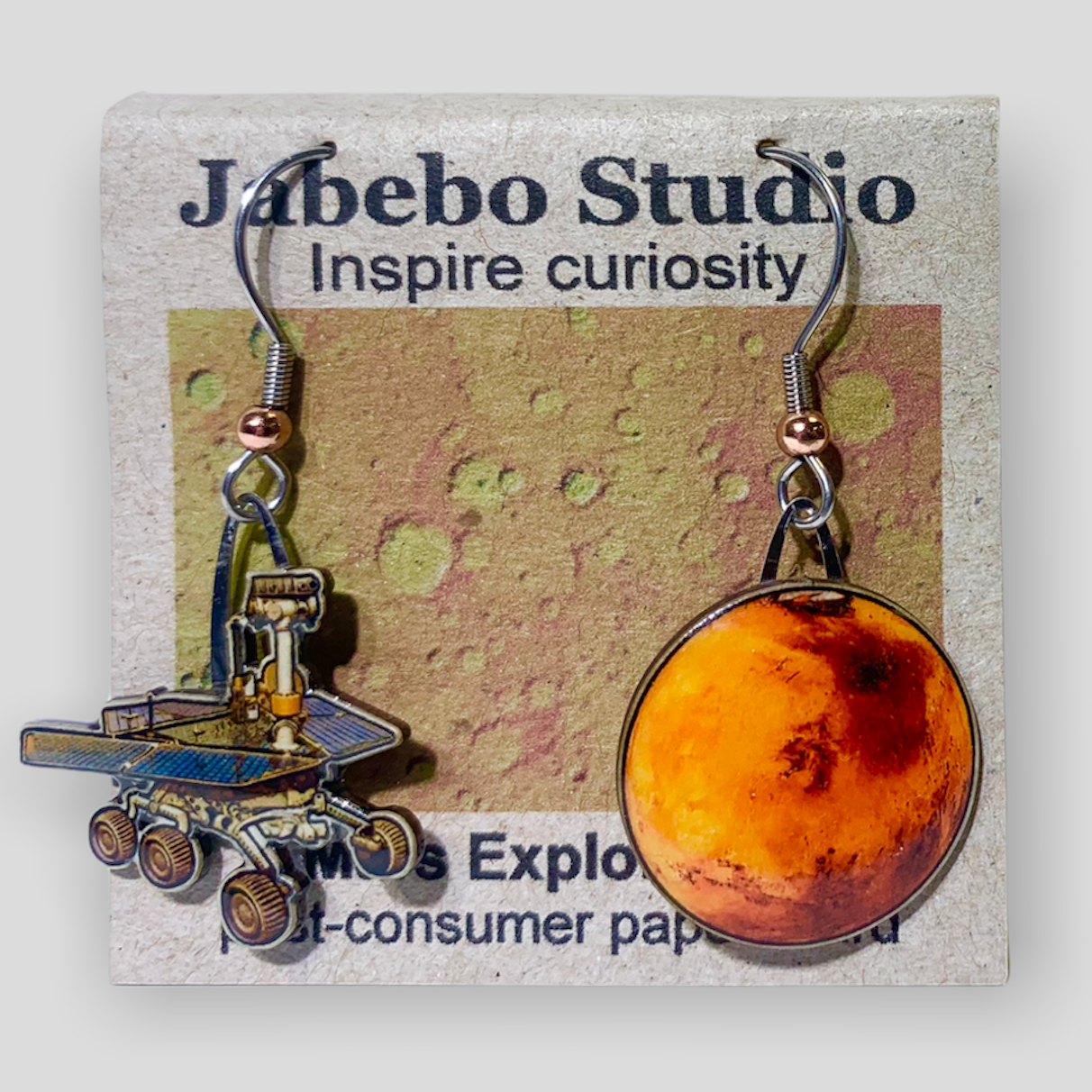
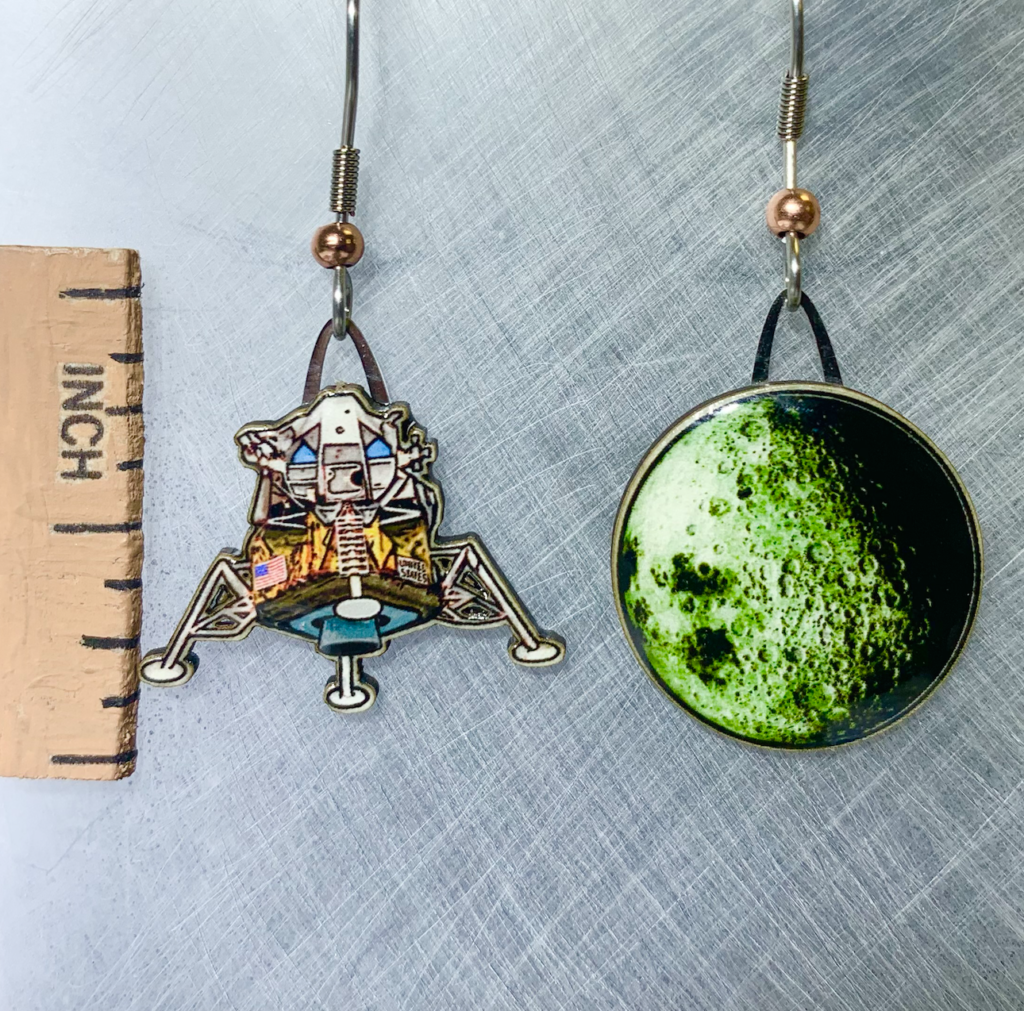
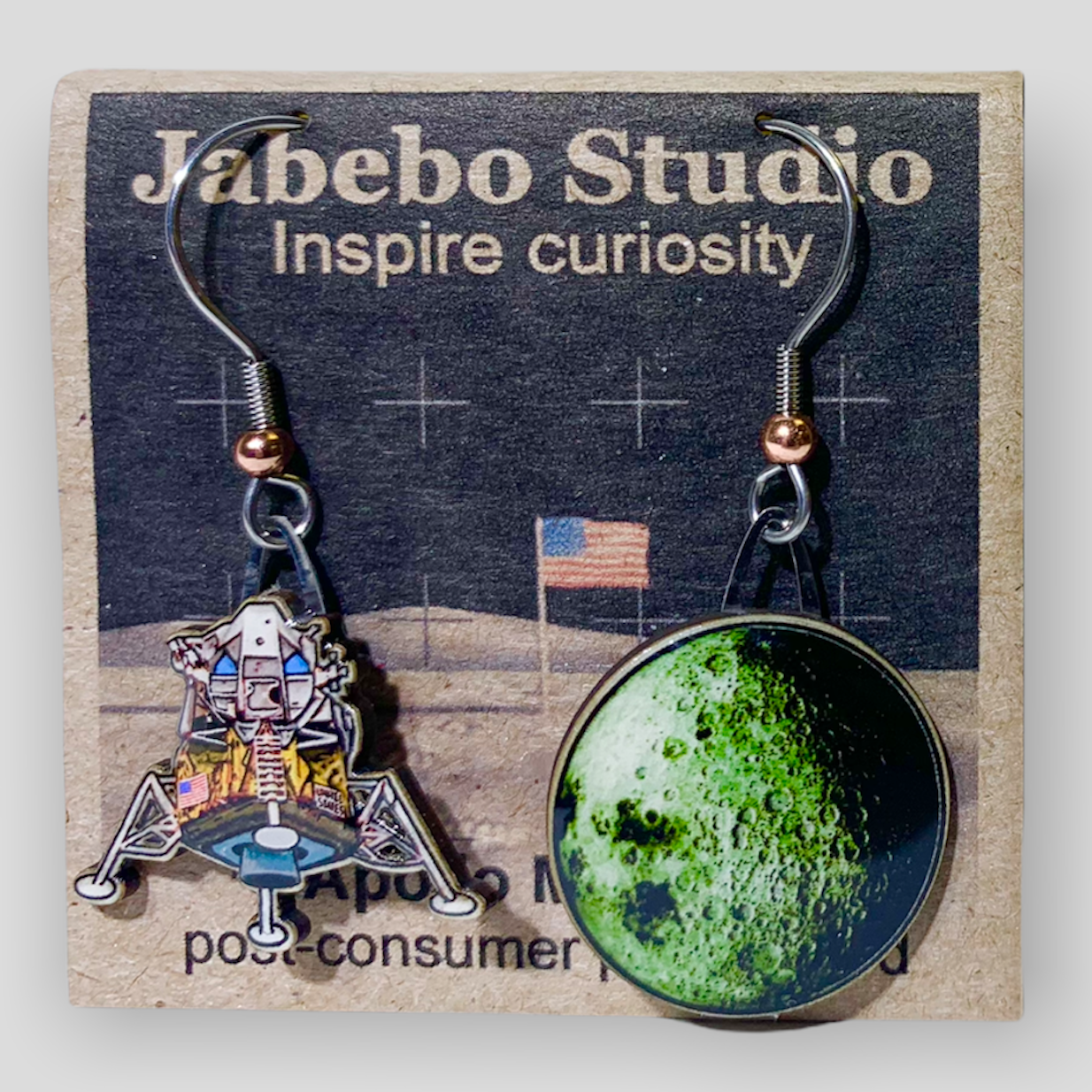
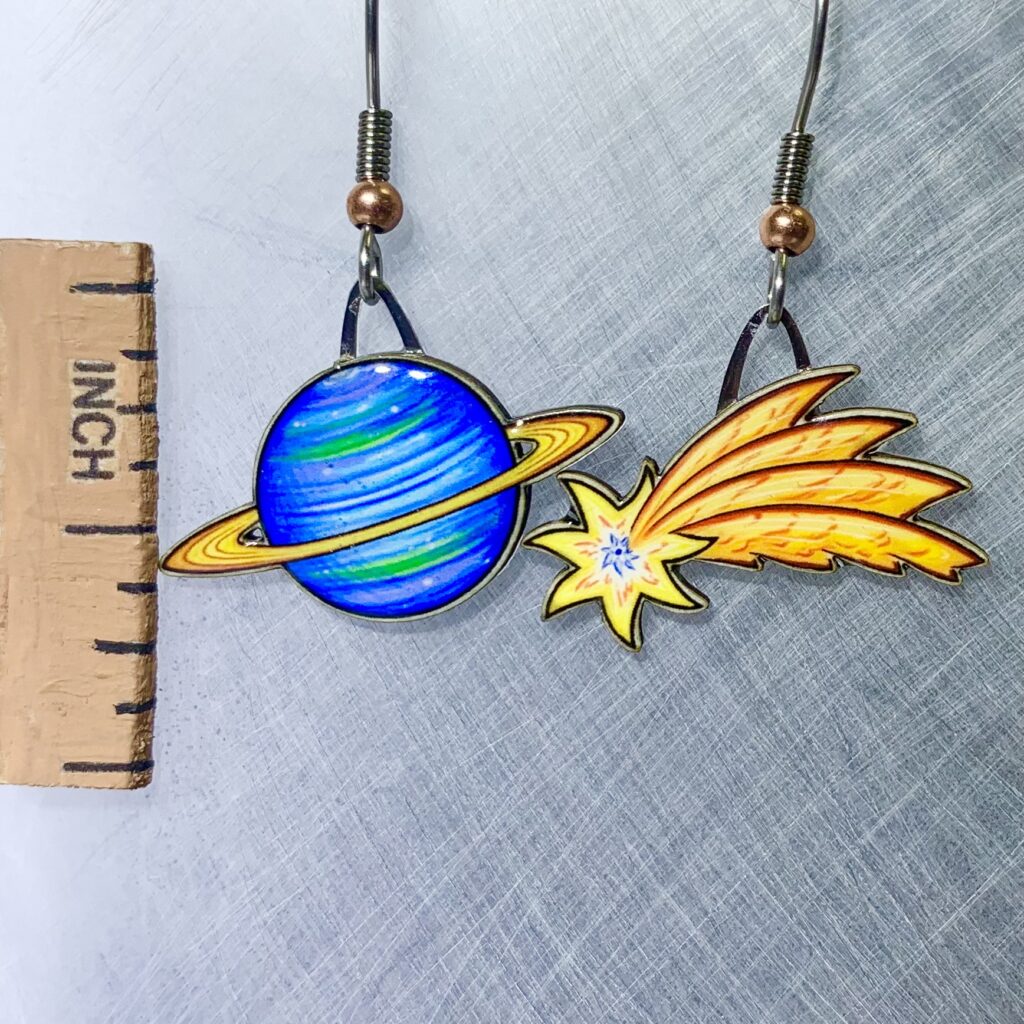
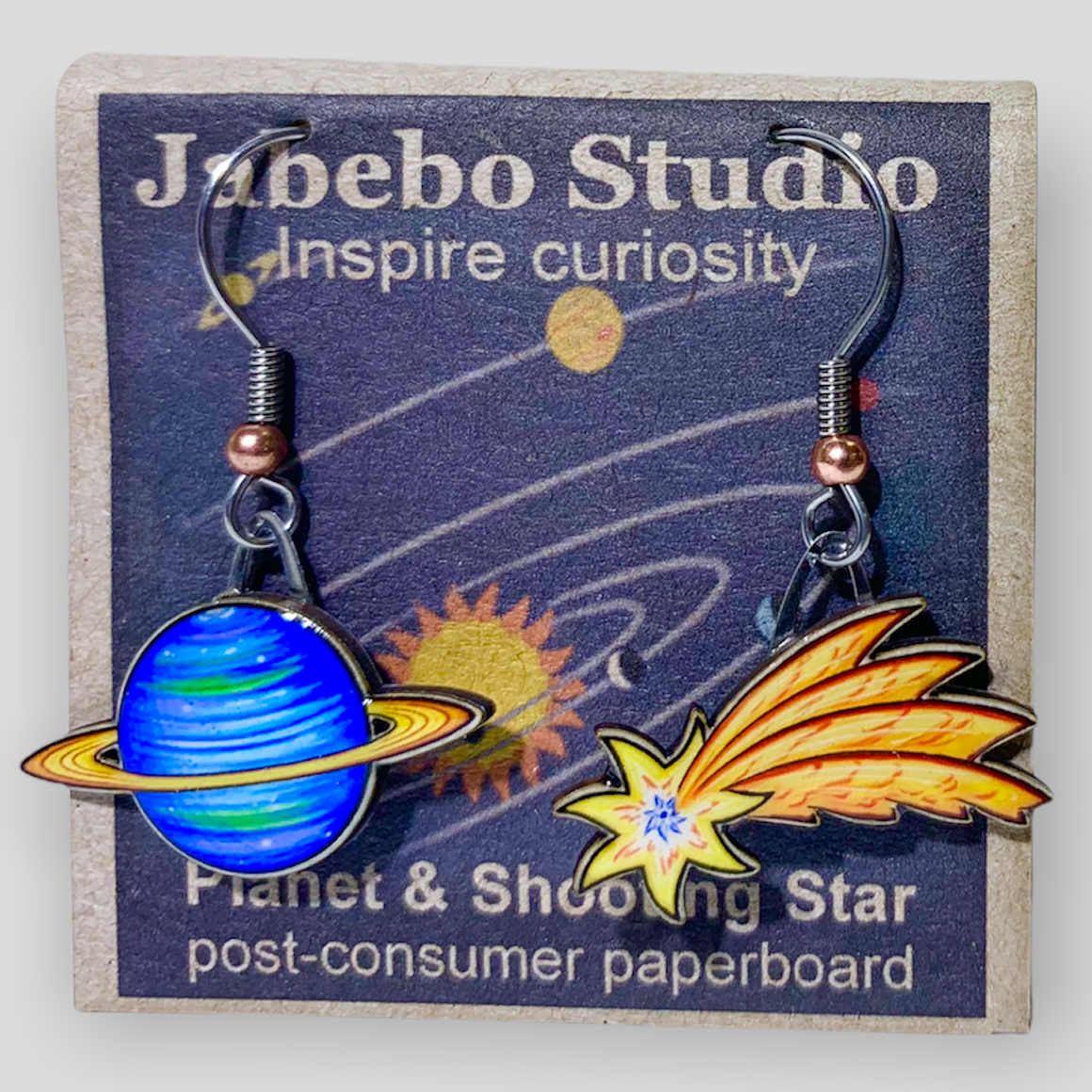
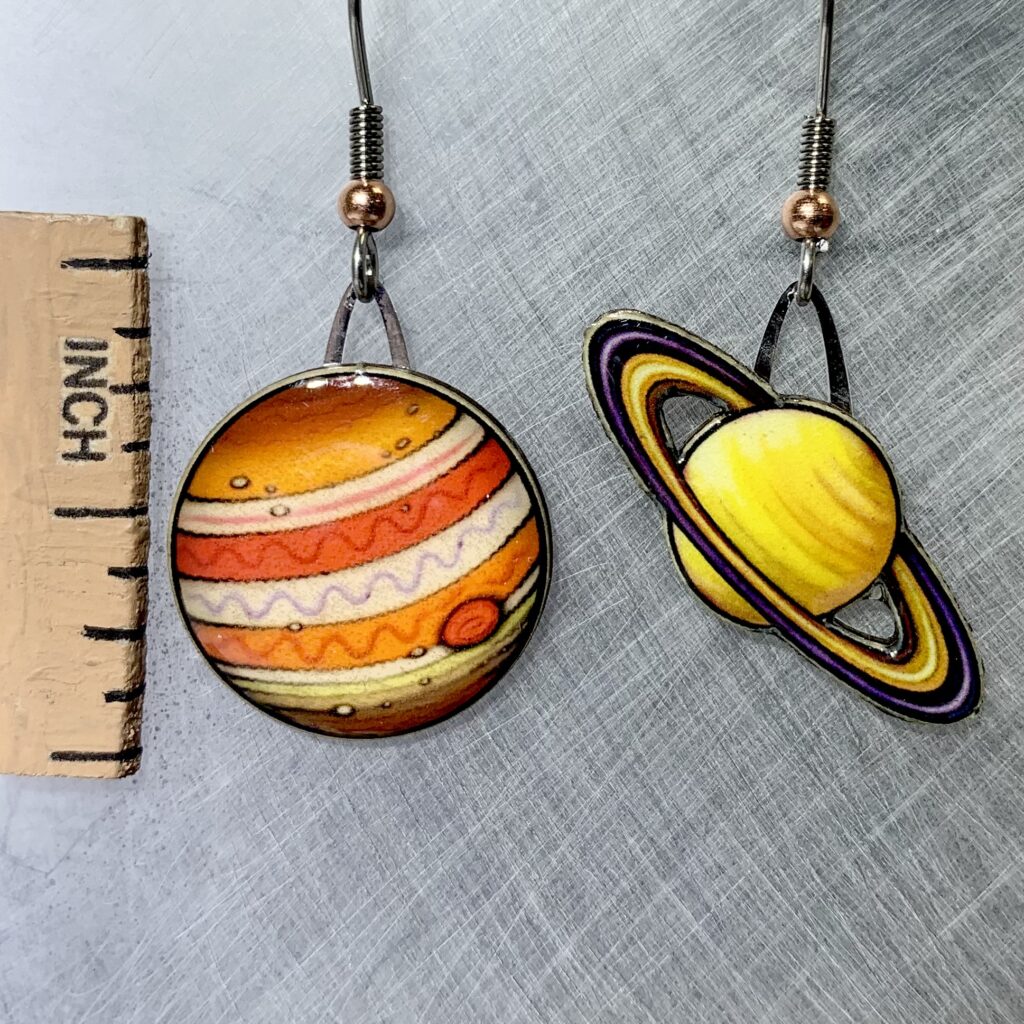
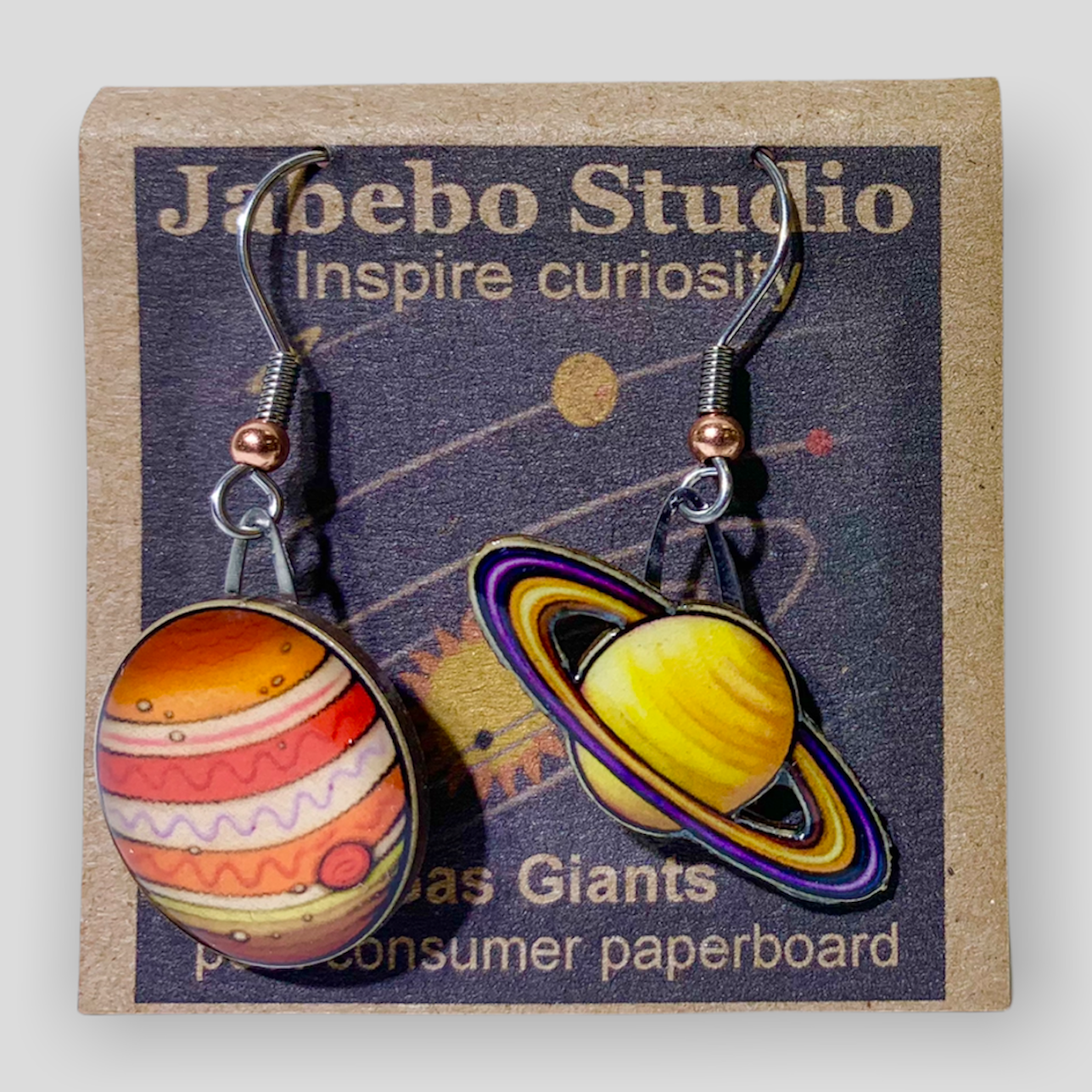
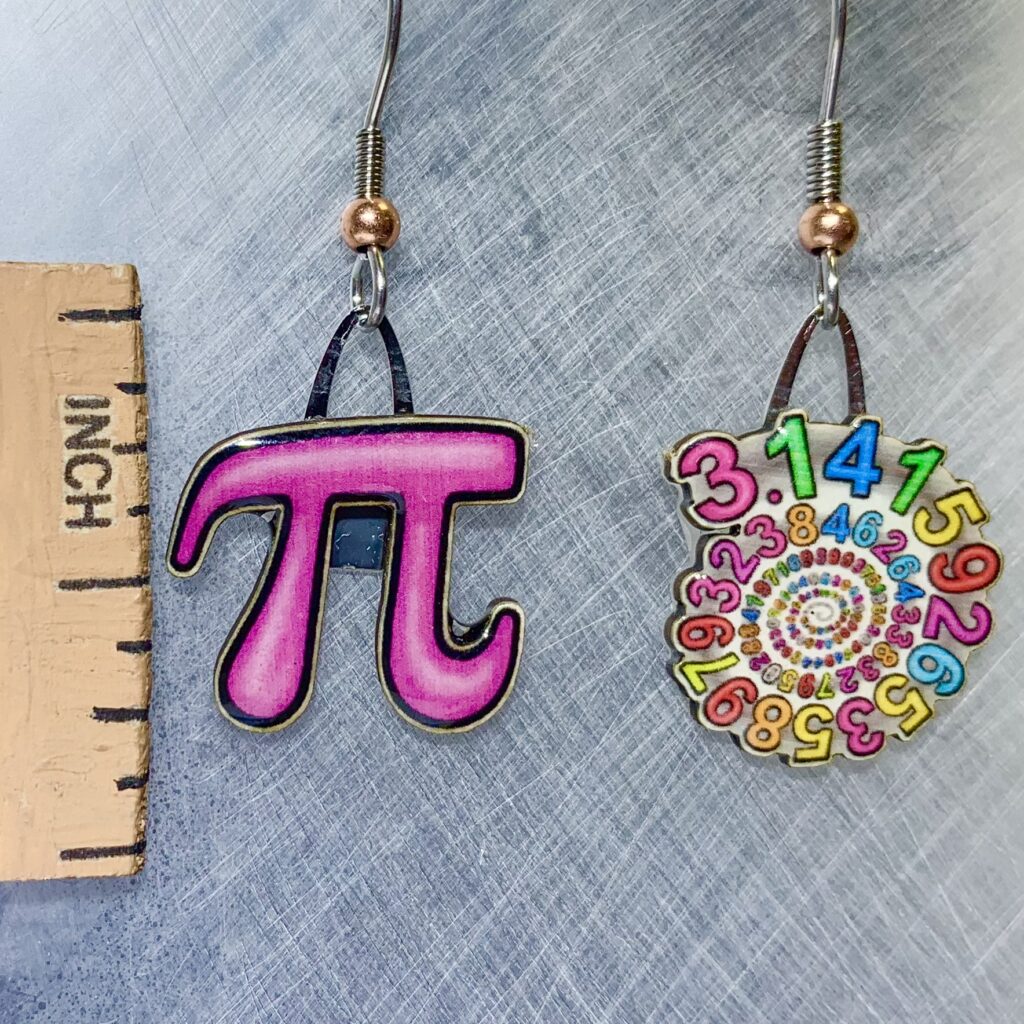
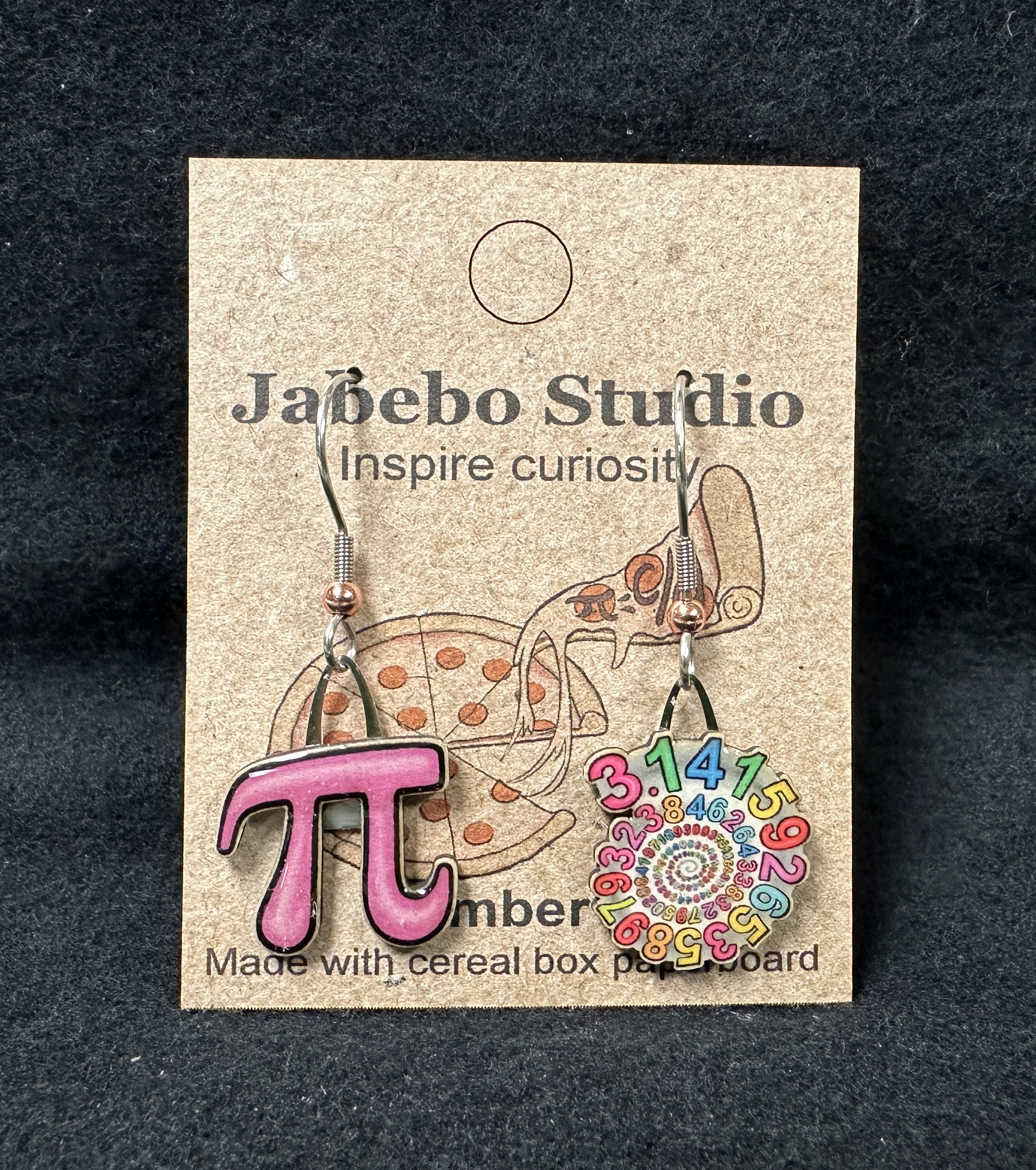
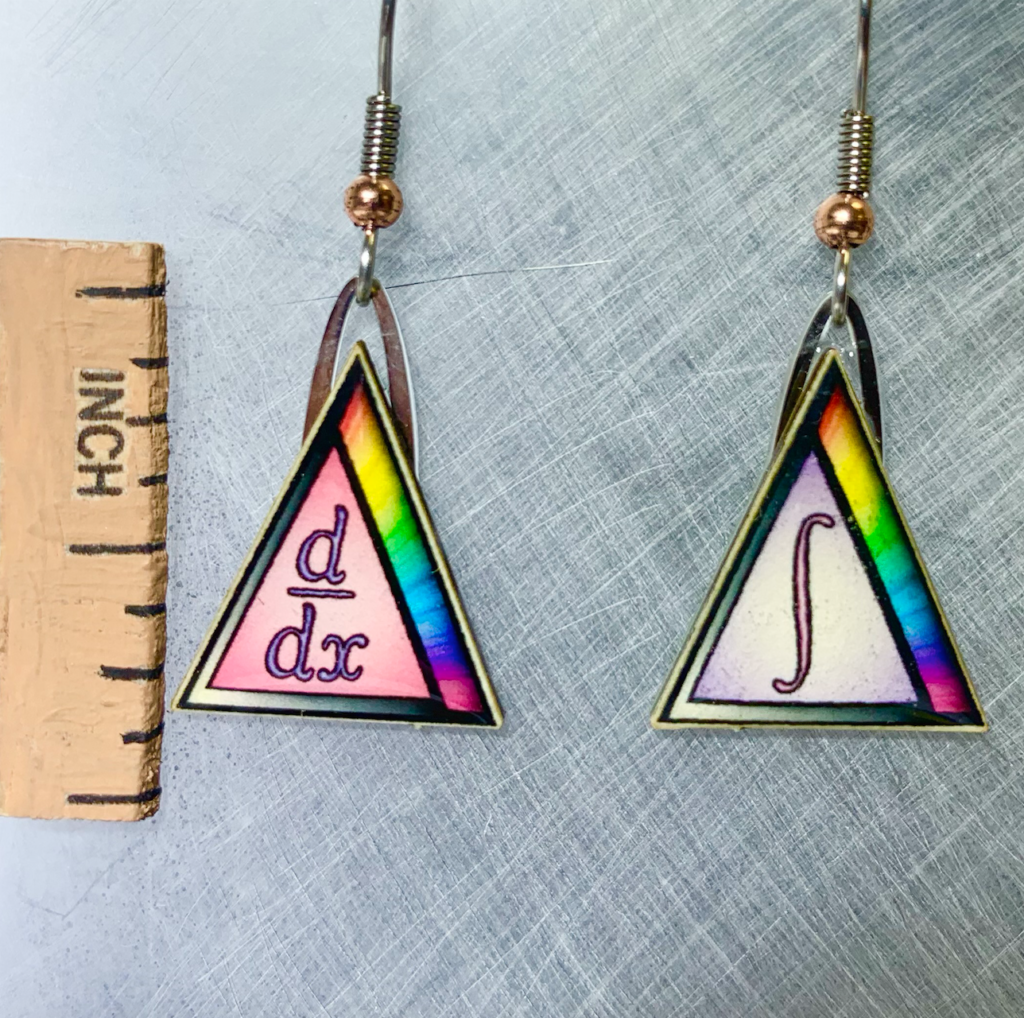

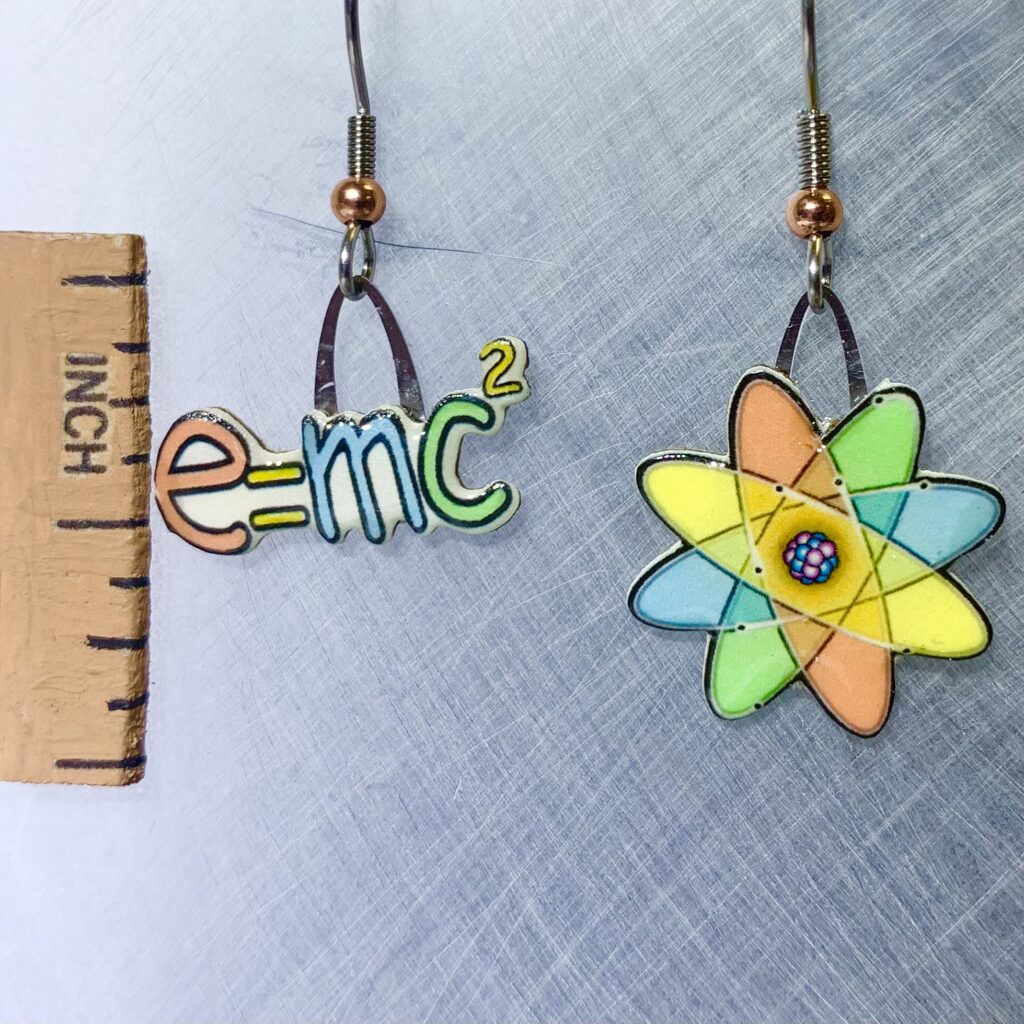
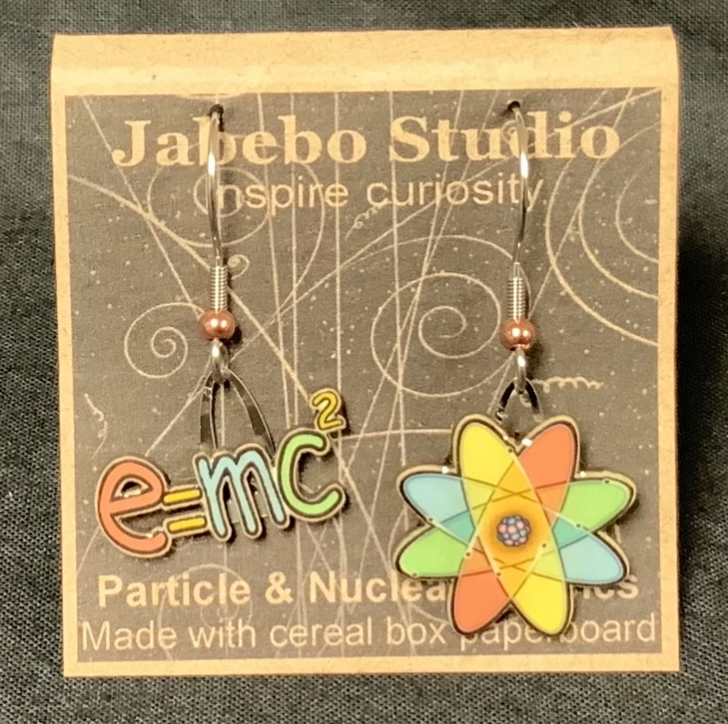
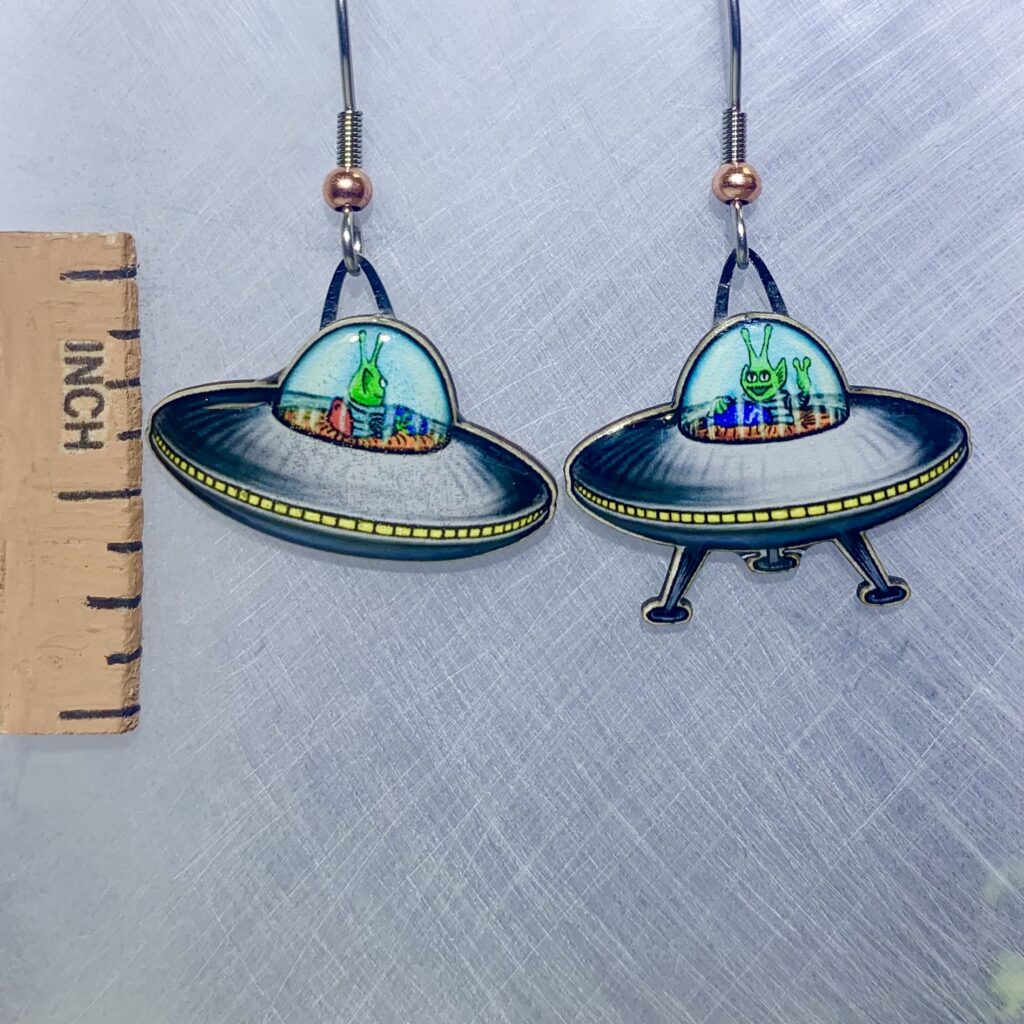
In 1947, a pilot flying past Mt. Ranier saw something, a mystery that added “flying saucer” to our language. Since the beginning, humans have looked to the night sky with curiosity and wonder, spawning art, stories, and new discoveries.
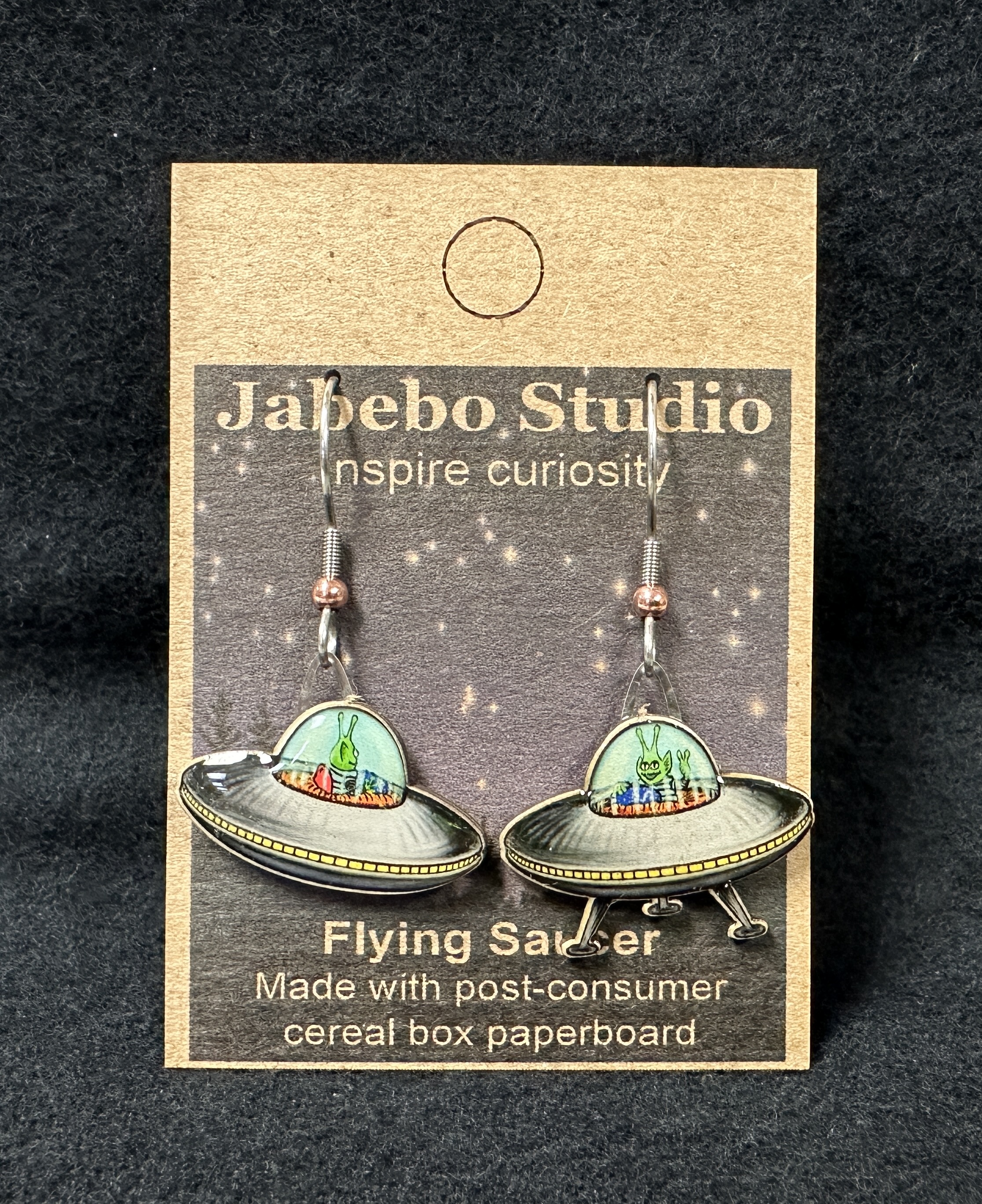
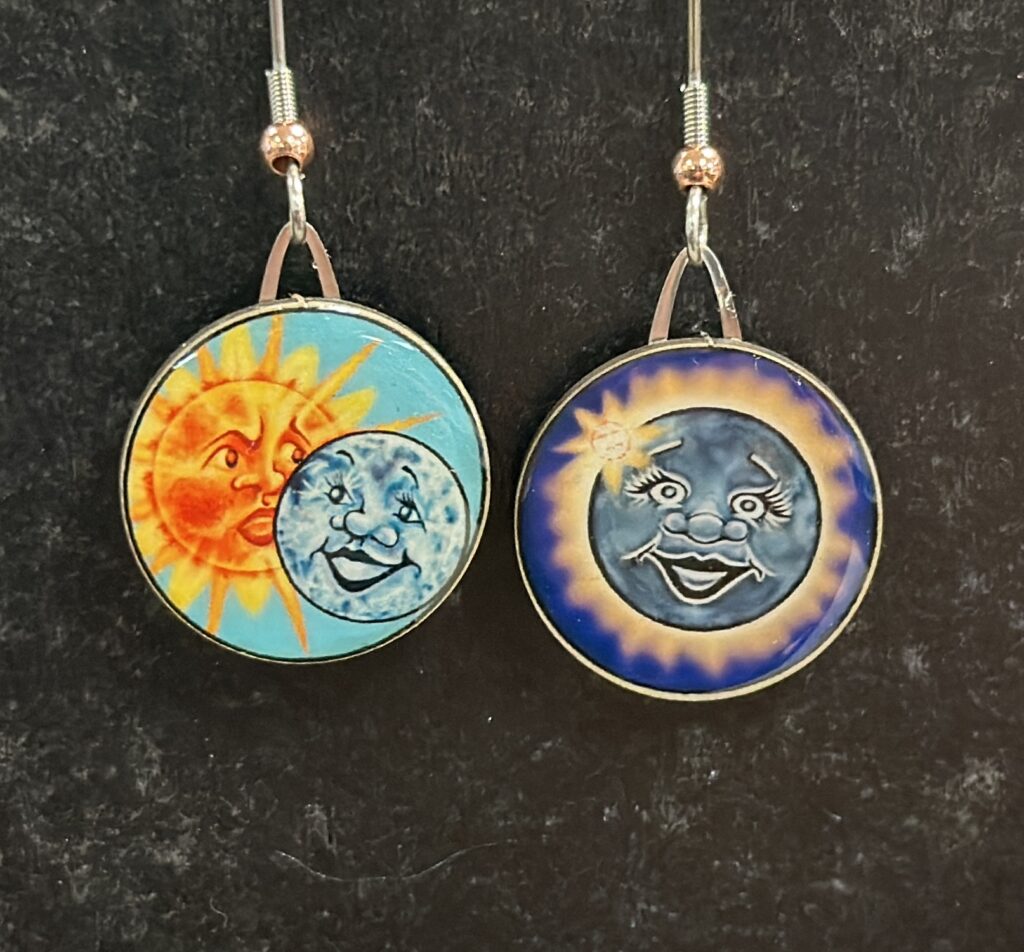
The interactions of the Earth, Moon, and Sun hold the secrets to our days, nights, seasons, tides, and more. Calendars and human plans were enabled by predictable changes in location of sun and moon rise/set as well visibility of specific stars.
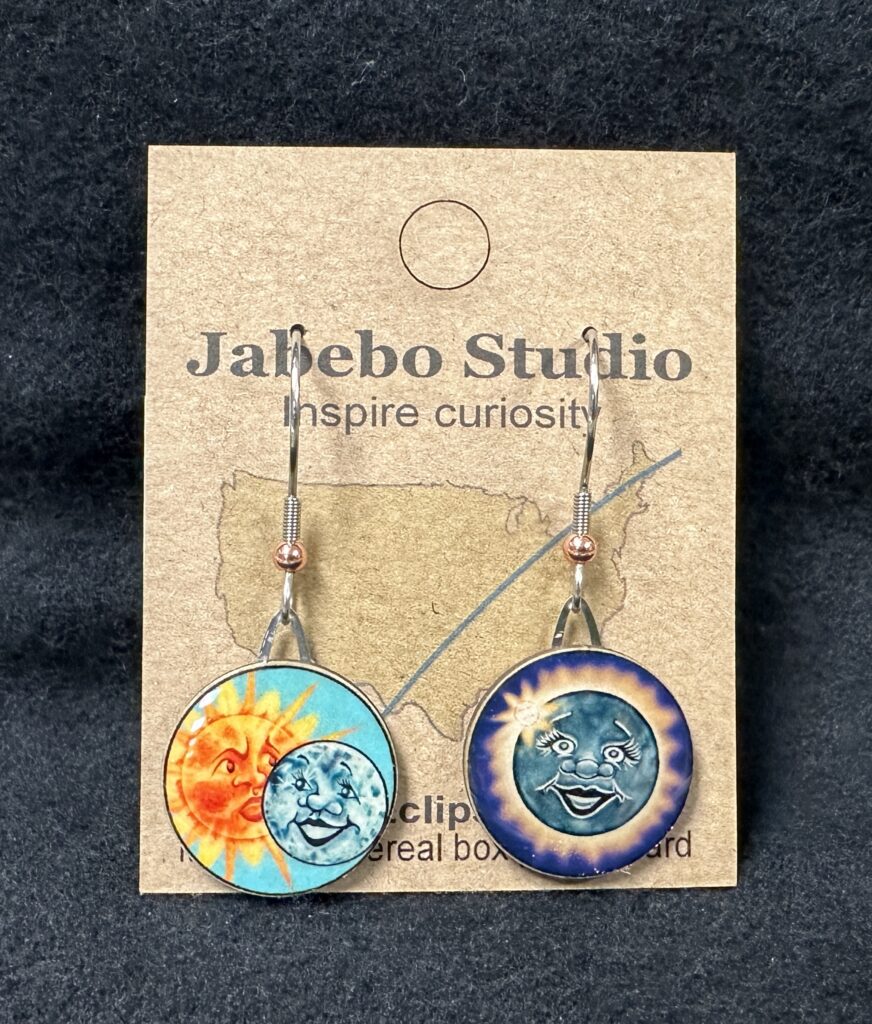
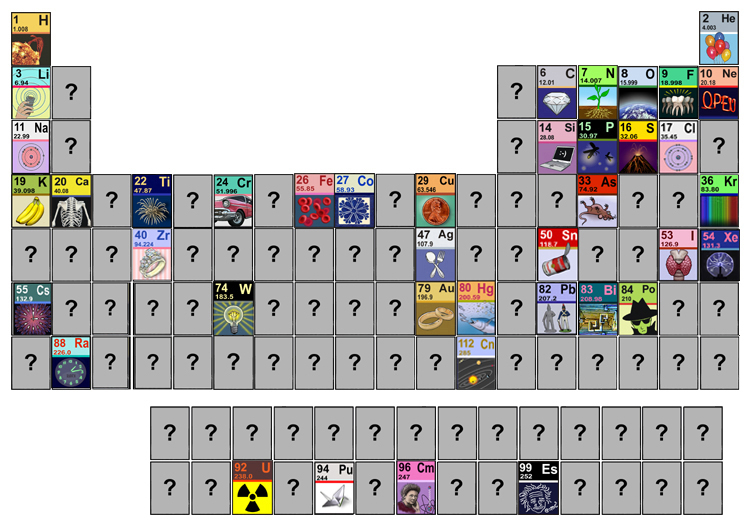
This table illustrates all our known Jabebo Earrings element designs. We are working towards discovering the missing. They may be ordered as matched sets, matched with periodic table, or any two elements may be paired.
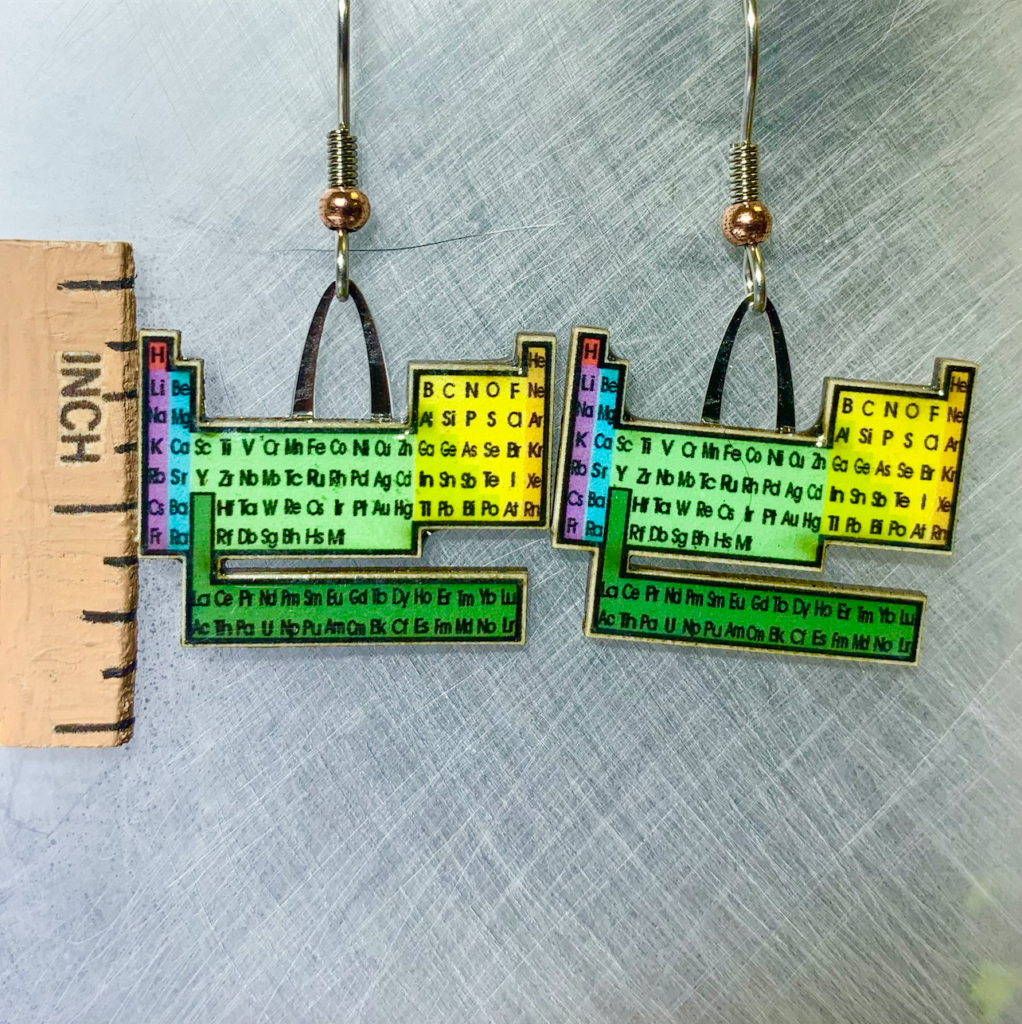
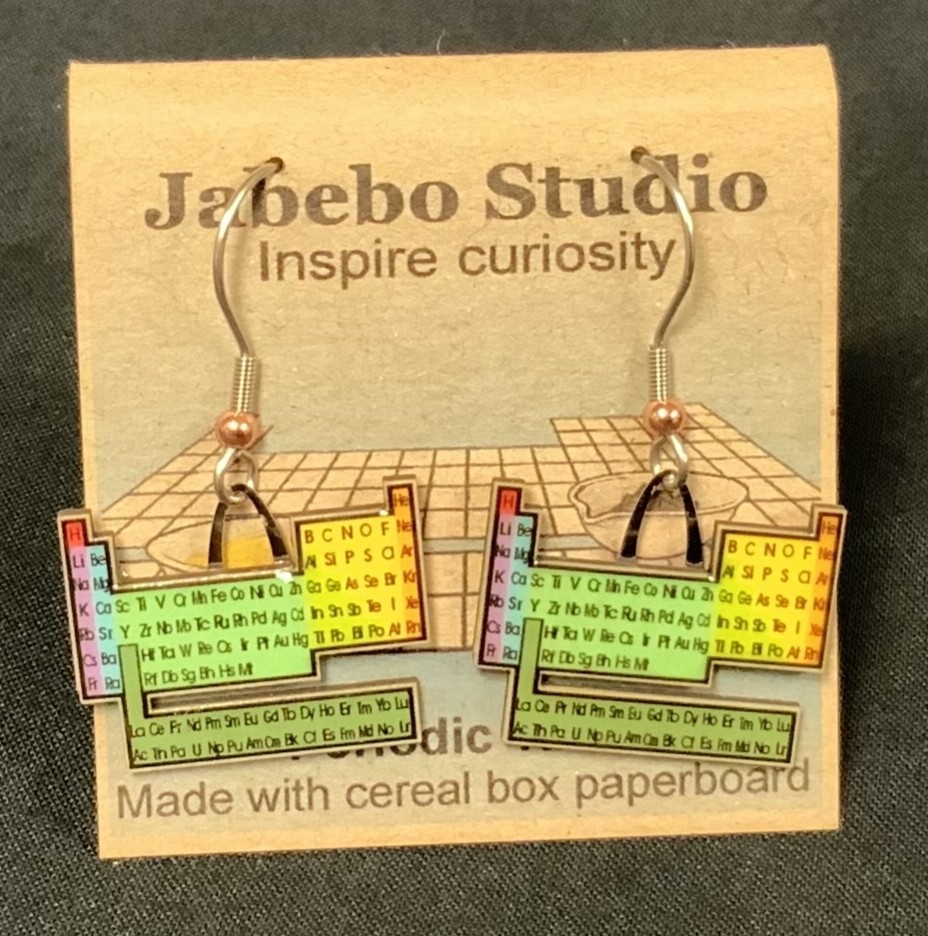
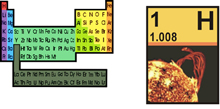
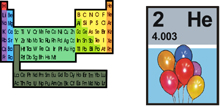

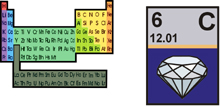

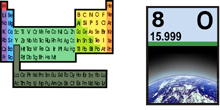
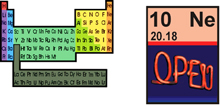


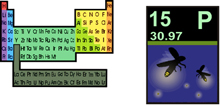
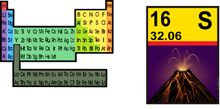


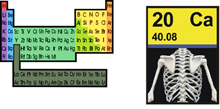






Featuring Cubic Zirconia Diamonds which is a compound with Zirconium.
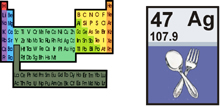



One of the gases that can be used in a plasma globe.

Scientists used its properties to define a second very precisely and used to keep time in highly accurate atomic clocks.

In the early 1900’s Tungsten became a primary component of the glowing filament of most incandescent light bulbs.
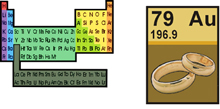
Iconic as a use for wedding rings.


Used for so many ubiquitous applications until it was found to be highly poisonous.

Crystallizes into a silvery mineral with light refracting properties that cause it to cast bright colors from various angles
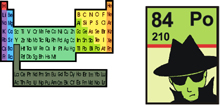
A very dangerous radioactive substance and may have been used as a poison in some high profile international incidents.

Until it was found out how extremely radioactive and dangerous radium is, One application was to highlight the numbers on clocks and aircraft instruments so they glowed at night.
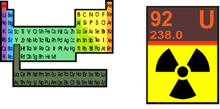
Often used as an energy source and often associated with this warning sign.

So far does not seem to be good for much other than providing the worlds most destructive weapons

Named after Marie Curie who discovered the element radium and its radioactive properties.

Named after Albert Einstein.

This recently discovered Element is named after Nicolaus Copernicus who’s model put the Sun at the center of the solar system.